Just in time for Easter eggs… we’re back!
We’ve spent the last two weeks enjoying an amazing time in China. As you might expect, I took copious notes for this blog, starting with our first stop in Beijing. But before starting with our day-by-day itinerary, I wanted to try and capture my overall impressions of China as a tourist: some things I was expecting, and some things which surprised me.
- WeChat & Alipay are a way of life. I knew this already, but it’s hard to capture just how much China exists in its own technological world. It’s not just about payment – almost all of our restaurant meals began by scanning a QR code with one of these apps and using the restaurant’s mini program to translate the menu and submit our order. Public transport is almost completely tied to these apps too: I was able to use Apple Pay for the Beijing Subway, but not for the buses and not in Chengdu or Chongqing.
Thankfully it’s pretty seamless as long as you get fully set-up – including mobile number verification – before you arrive in China. Our only hiccough was that occasionally my Natwest Mastercard card couldn’t be used through these apps, but thankfully Randi’s HSBC Visa was always accepted. We also relied heavily on the English version of Gaode Maps, known as ‘Amap’ for navigation. Although we had no problem bypassing the Great Firewall through our eSIMs, the reality is that Google Maps is functionally useless in China. You just have to switch your habits entirely.
- You’ll see very few Western tourists, and you’re not special. To be clear, I mean that in a good way. We’ve been to lots of places where the local economy is geared around international tourists, but China is not that place. While there’s a surprising amount of English signage (plus voice announcements on all the metros we used) you only had to look around to see that even the big tourist attractions are geared for domestic tourism first, and anything else is a nice bonus. And while people were kind and patient if we needed help, with very few exceptions nobody gave us a second glance, although Randi wondered if things might be a bit different if we were blonde!
A lovely side-effect here is that we felt very unhassled. Nobody is trying to rip you off. There was no equivalent of the mysteriously broken taxi meter, or gouge pricing at tourist sites. I typed 30¥ rather than 3¥ into Alipay by mistake to buy a bottle of water once (divide by 10 to get pounds – everything was very cheap) and the guy looked horrified.
- The vibe is surprisingly quiet and relaxed. I had expected a lot of noise and bustle, but actually things felt pretty chilled and calm even when there were crowds of people. Chengdu is known for being laidback, but I felt this in Beijing too: a city which I found unexpectedly low-rise (at least by Chinese standards!). We learnt on our food tour that cars are forbidden to use their horns in central Beijing, and we also wondered whether not speaking any of the language caused us to tune more background noise out. Sure, compared to any European city the roads are much wider and everything is at a much bigger scale. But it’s nothing like Thailand or Vietnam for making simple things like ‘crossing the road’ feel slightly perilous at times.
- Things just work. Yes, we were wealthy tourists in big cities. But it’s a very easy place to be a tourist, because things just work. The trains all run. Everything is digitised. Streets are clean. There are free public toilets everywhere, which you really start taking for granted. And because the scale is so vast, there were times where it felt like I was strolling through an Asimov city from the future. At the same time, it also felt very insular. Beijing is nothing like London or Paris or New York: there’s very obviously no culture of immigration from overseas. The same forces which allow this vast country to power ahead with incredible momentum also make it feel a little remote from the rest of us. But perhaps that’s less true for its nearer neighbours.
OK, on with our trip!
Day 1: Arrival
After much deliberation, we had chosen a boutique hotel in one of Beijing’s hutongs. The hutongs are the narrow lanes, alleyways and courtyards found in the older, more historic areas of the city, as opposed to the modernised areas. Our hotel was in the Nanluoguxiang area, and it was obvious just from the walk from the subway that we’d made a great decision! The narrower streets had so much character, the main pedestrianised road was jam-packed with food and people in a market-like atmosphere.
Amusingly, the only way to reach our first floor room – which had its own locked door – was to walk through someone else’s room on the ground floor first. As it happened, nobody occupied it while we were there, but we always opened the door with some trepidation. After crashing a little bit, we had the huge thrill and relief of successfully paying for our first meal over WeChat, followed by a celebratory peanut-butter flavoured soft serve ice cream from the market.
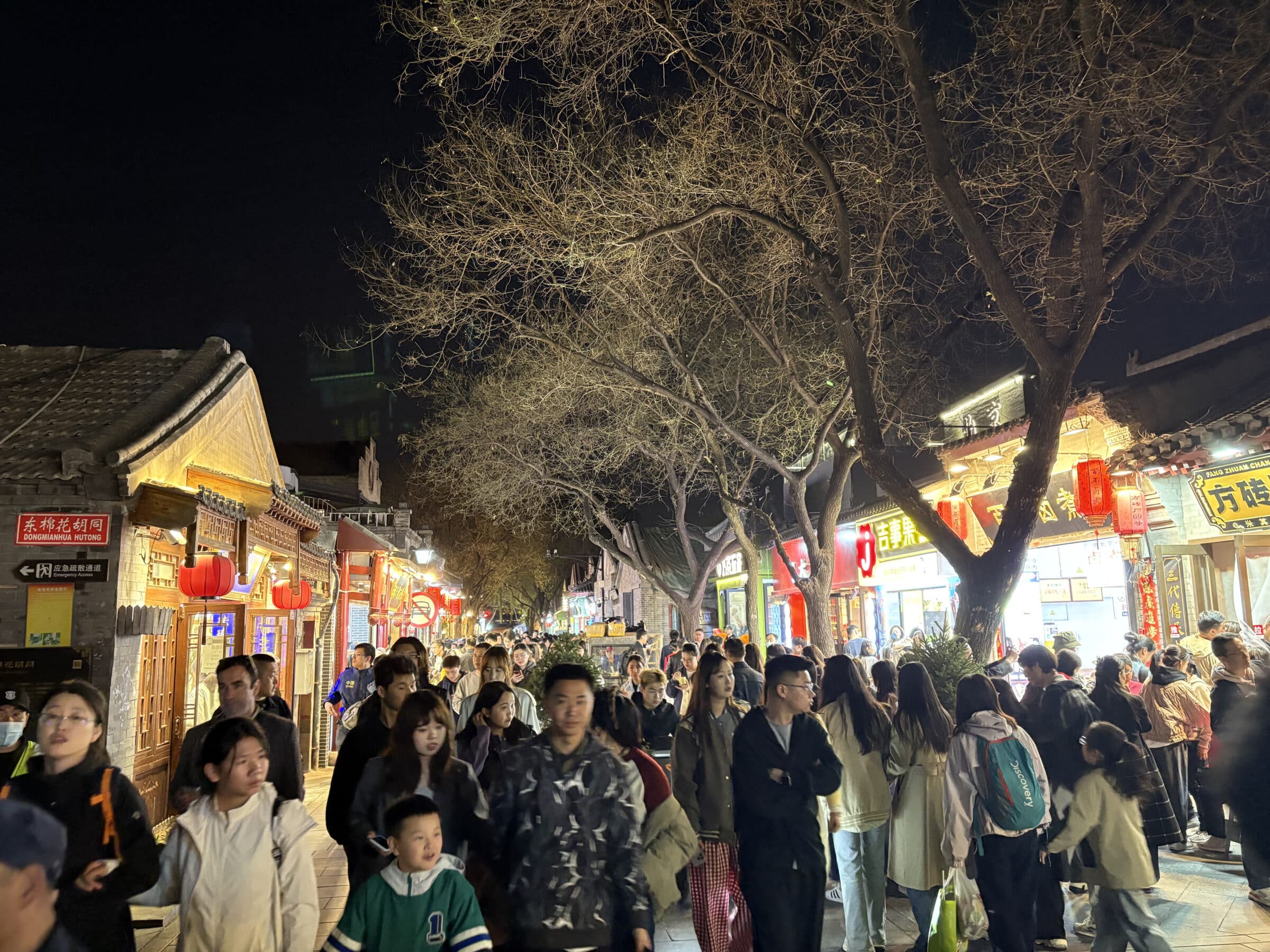
Day 2: Summer Palace & Food Tour
The next day we got up early and headed off to the meeting point for our pre-booked Tiananmen Square and Forbidden City walking tour. Only problem: the tour didn’t exist. (In case you’re wondering how I can square this with the ‘nobody is trying to rip you off’ statement above – the company were extremely apologetic when Randi contacted them, and refunded us immediately.) So, we punted this for another day and headed instead to the Summer Palace. This is a large imperial site from the Qing dynasty, but unfortunately the only history which really stuck with me was the repetition of the phrase “…until it was burnt down by British and French forces” at every information board.
Afterwards, we walked to an outdoor food mall by a nearby transport hub for lunch, and Randi felt a little pang of suburban delight.
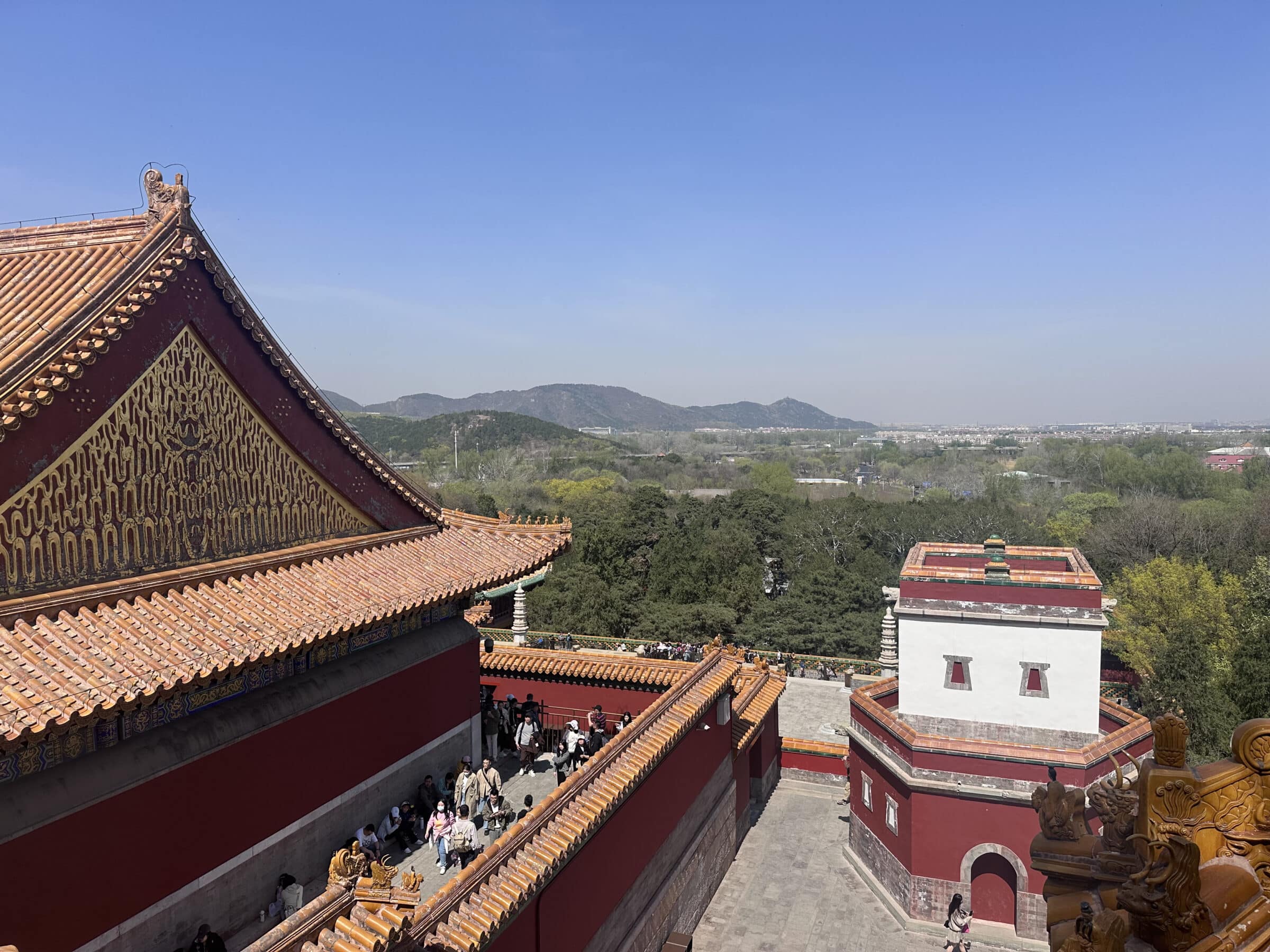
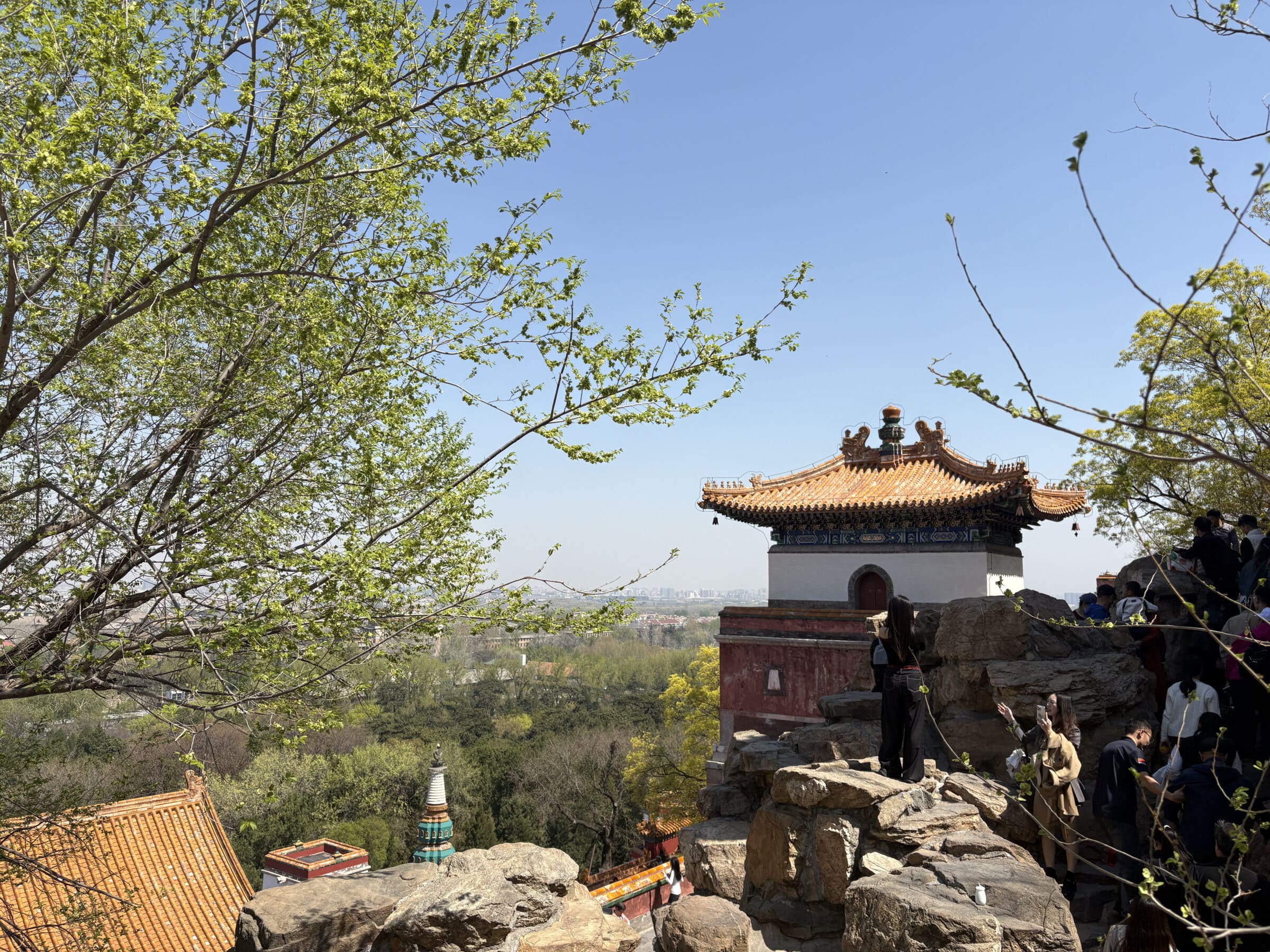
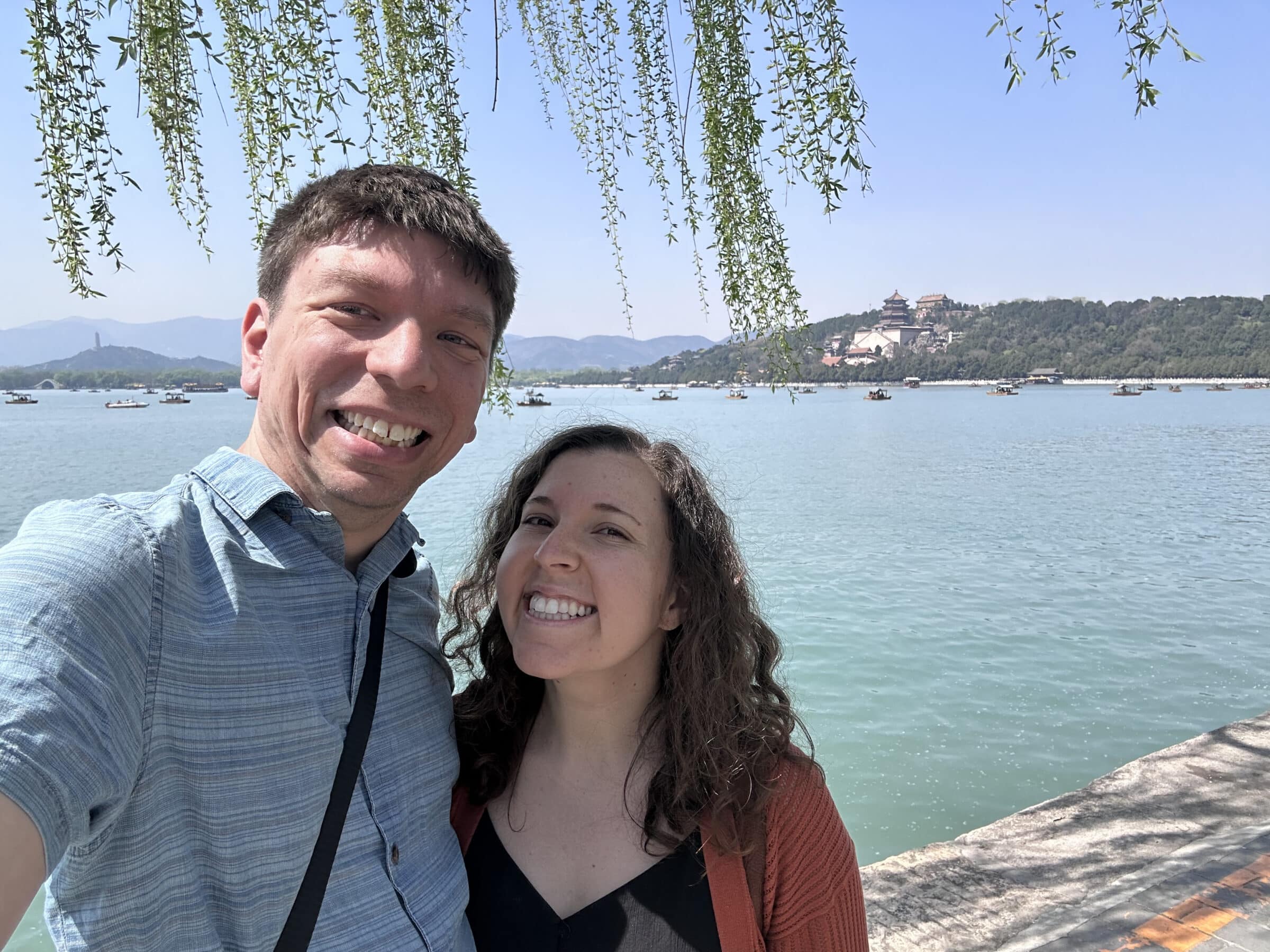
In the evening we took a superb Lost Plate food tour with Zoey, who guided our group through hot pot, traditional Beijing noodles, giant meatball dumplings (one of Randi’s favourites from our trip!) and a final feast of many dishes which left us all stuffed. (We were pretty smug that our hotel was on the same street as where the food tour ended, so we could just roll into bed.)
One very sweet moment was Zoey’s genuine incomprehension about why so many of her foreign tourists are so excited to bring up the Chinese high-speed trains they’ve booked as part of their travels in the country. “It’s because we’re jealous and we all want them!” we told her, in a chorus of pain.
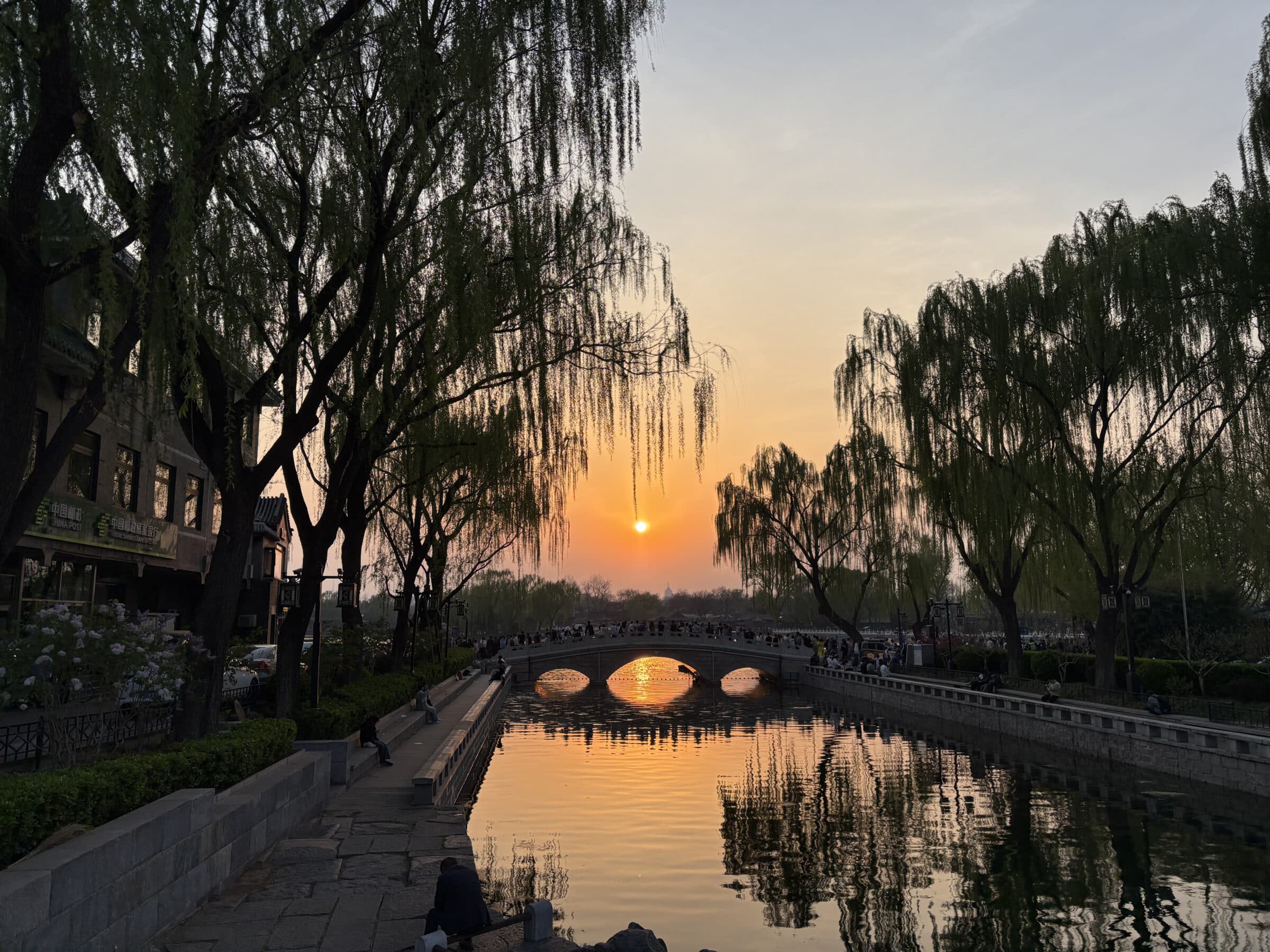
Day 3: Olympic Forest Park & Wangfujing Street
Talking of trains: yes, Beijing’s subway is as good as you would expect, although (in common with Chengdu and Chongqing) you do have to pass through security when entering any station. (“This wasn’t built by rival Victorian railway companies, was it?” asked Randi pointedly, after we felt how smooth the rides were.)
One especially nice touch is the unique artwork and design at each station, and my favourite was the station closest to the Olympic Forest Park which we visited on our third day. Built specifically for the 2008 Olympic Games, the park is beautifully landscaped and provides a great view of the Olympic Tower and Bird’s Nest stadium from the top of a hill. (Well, I say ‘a great view’ – the elephant in the room are the pollution levels, which did not massively affect me but Randi felt more viceraly off-and-on during our trip. You certainly could see further with less pollution, in any case.)
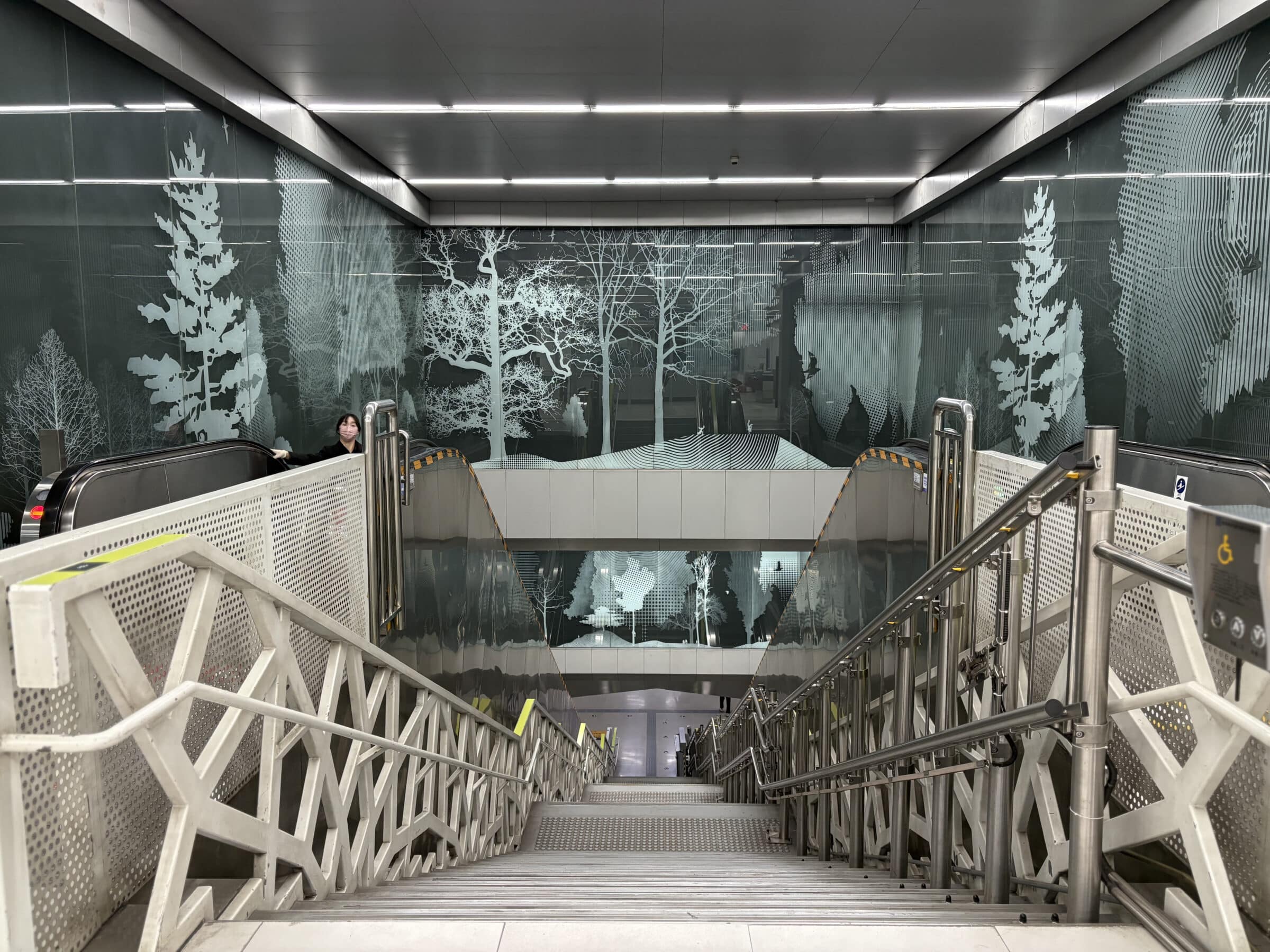
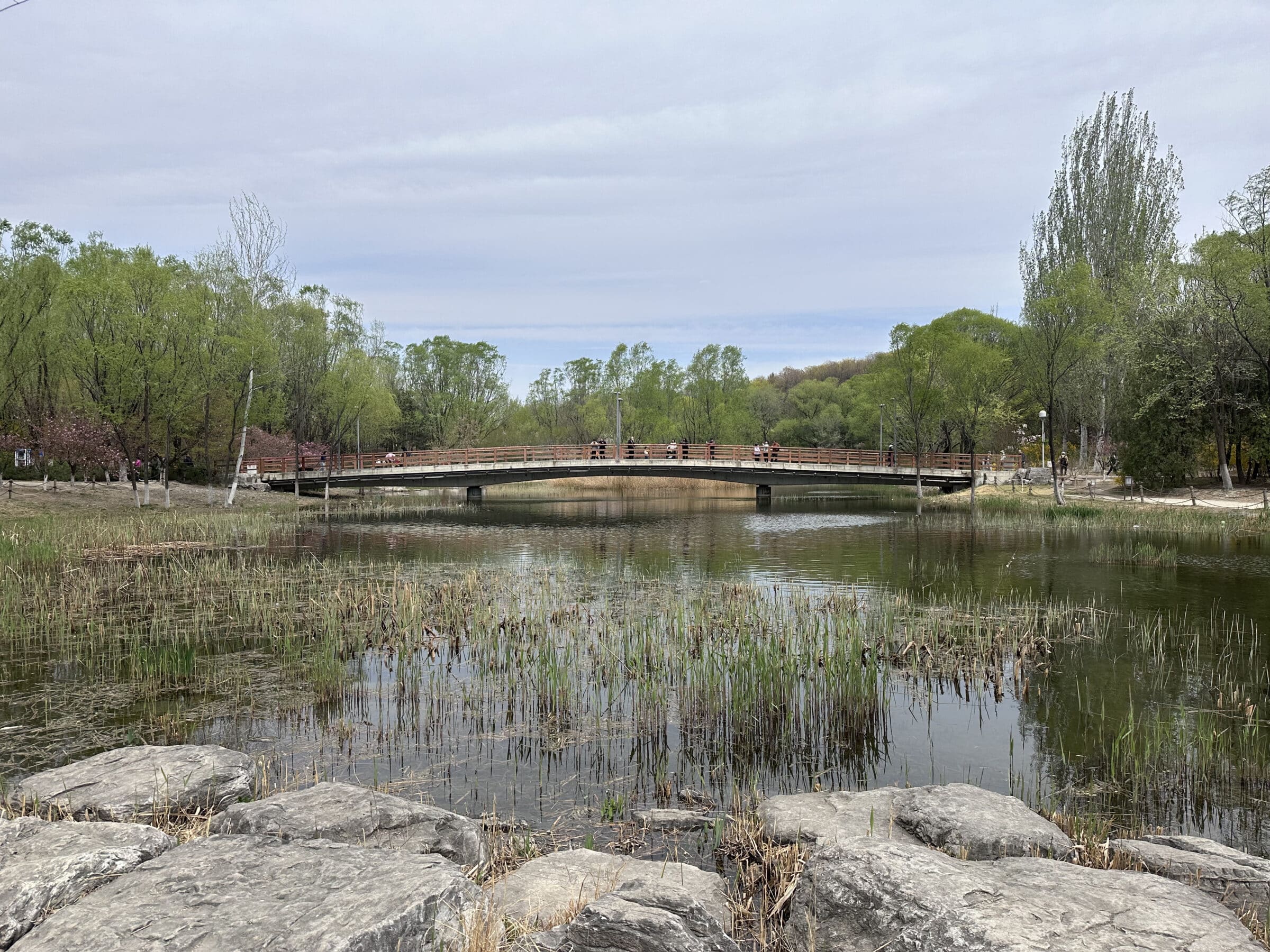
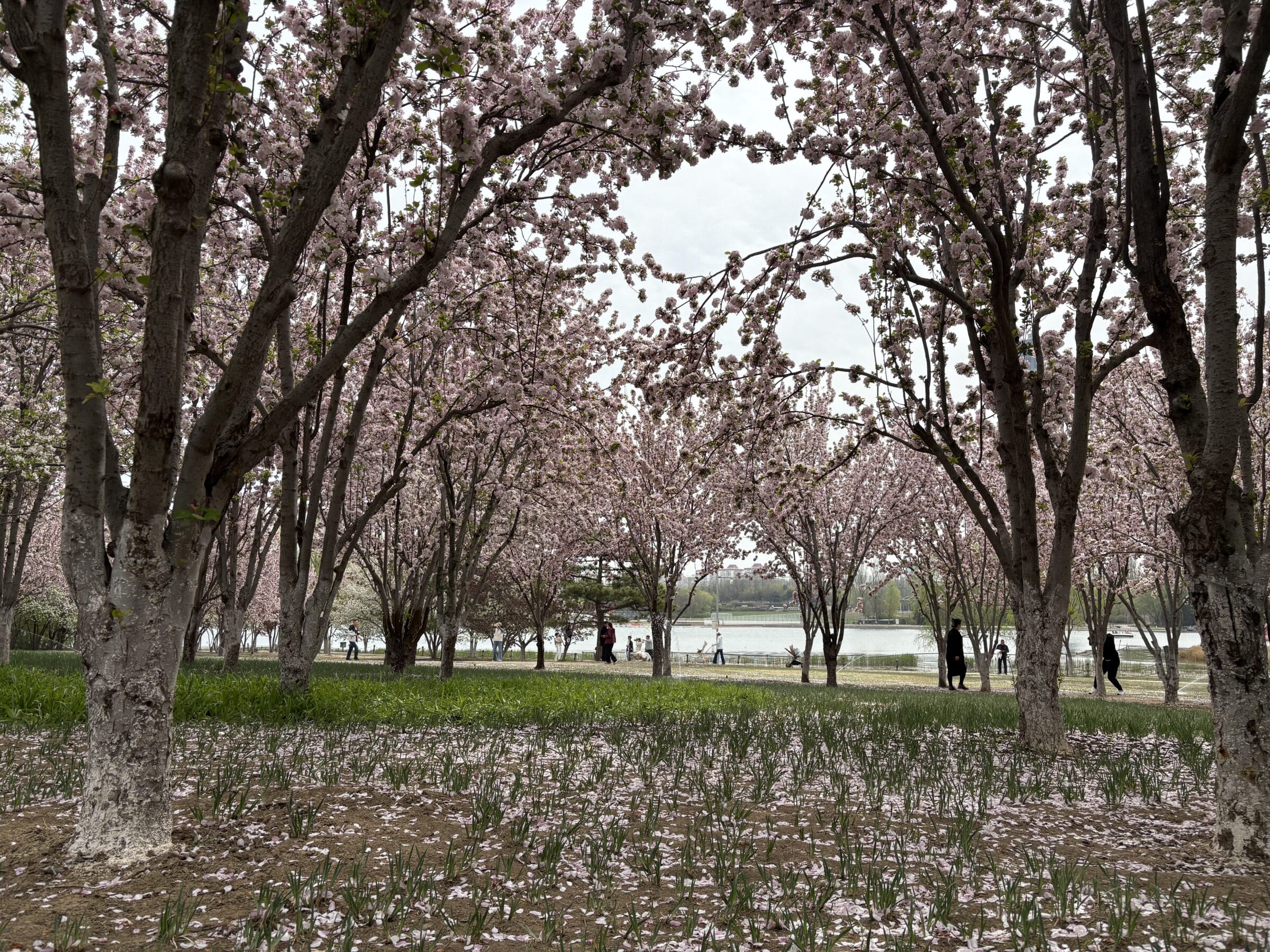
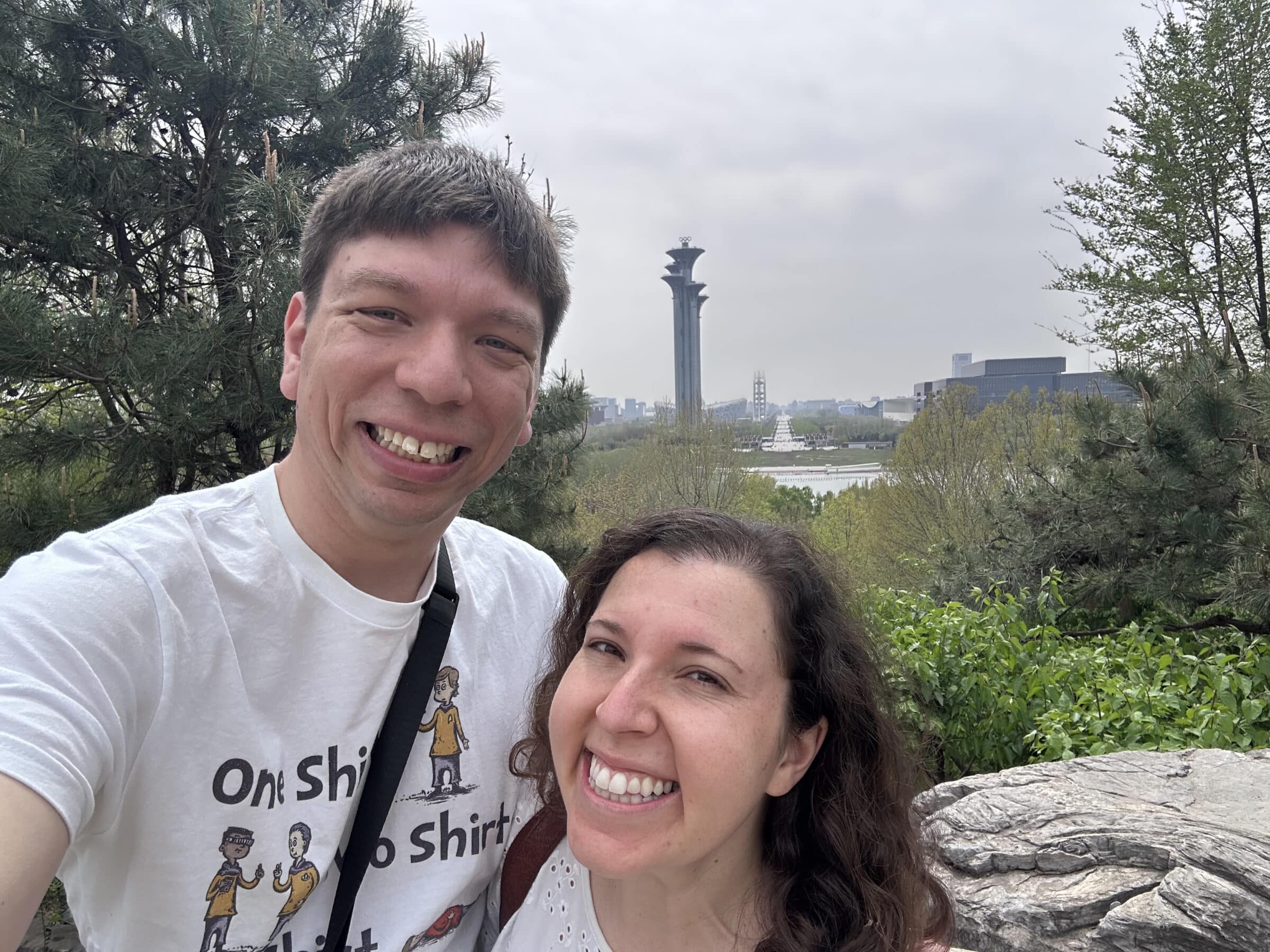
Afterwards we strolled down towards the Olympic buildings themselves, and I persuaded Randi that we should definitely pay to enter the lonely looking ‘flying cinema’ tent for a 10 minute virtual ride over China. In my defence, this was actually quite fun (even if we were the only customers!) and did help to orient me with major Chinese cities and landmarks. Even if the the detour over Taiwan was a little awkward *cough*.
That evening we visited Wangfujing Street, Beijing’s main shopping street (and Oxford Street equivalent) near the centre of town. I don’t have much to say about this. It was fine, but since we didn’t have any interest in going shopping it absolutely reinforced our decision to have booked a hotel in the hutongs instead!
Day 4: Great Wall & Livehouse
I was fully expecting the Great Wall of China to be one of the absolute highlights of our trip, and it didn’t disappoint. Following advice we chose to visit the Mutianyu section of the wall in a tour bus, which handled all of the entry logistics but then left us alone to tackle both the East and West sections in our own time. The East section is shorter, reached by chairlift and notable for having the option to toboggan down again once you’re done! Meanwhile, the West section concludes with a steep ascent which provides breathtaking views over the whole area. Do them both!
I don’t think I’m going to be able to write anything original about the Great Wall, but it was a great experience and felt like a great time of year to be doing it. The toboggan was a lot of fun (even if we ended up forming a queue behind a very slow rider!) and we very much appreciated the giant buffet lunch afterwards. (Side-note: I have to imagine that the Oba-Mao mashup t-shirts which are still on sale in the tourist areas did double duty at Republican conventions in the US, back in the day.)
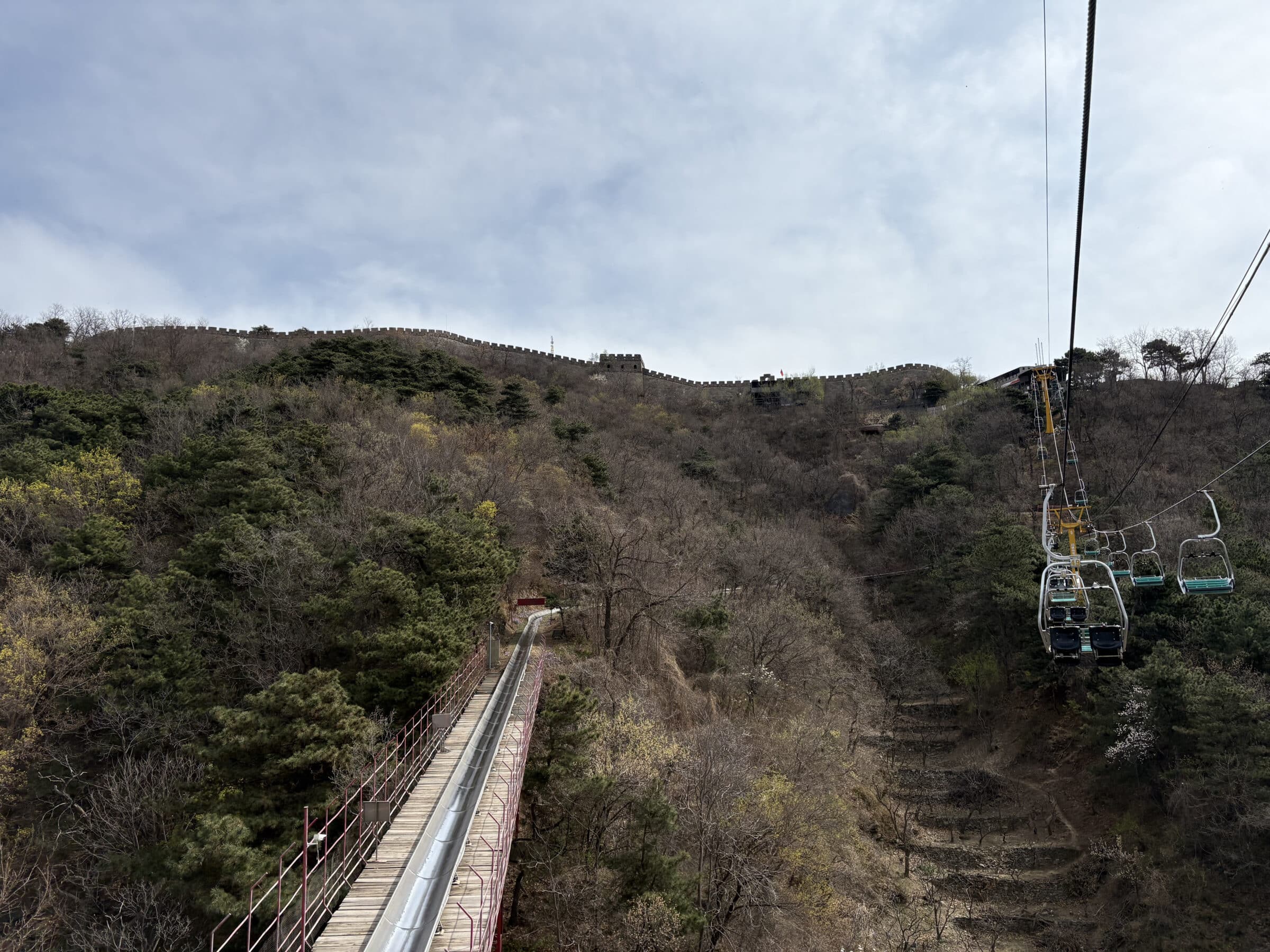
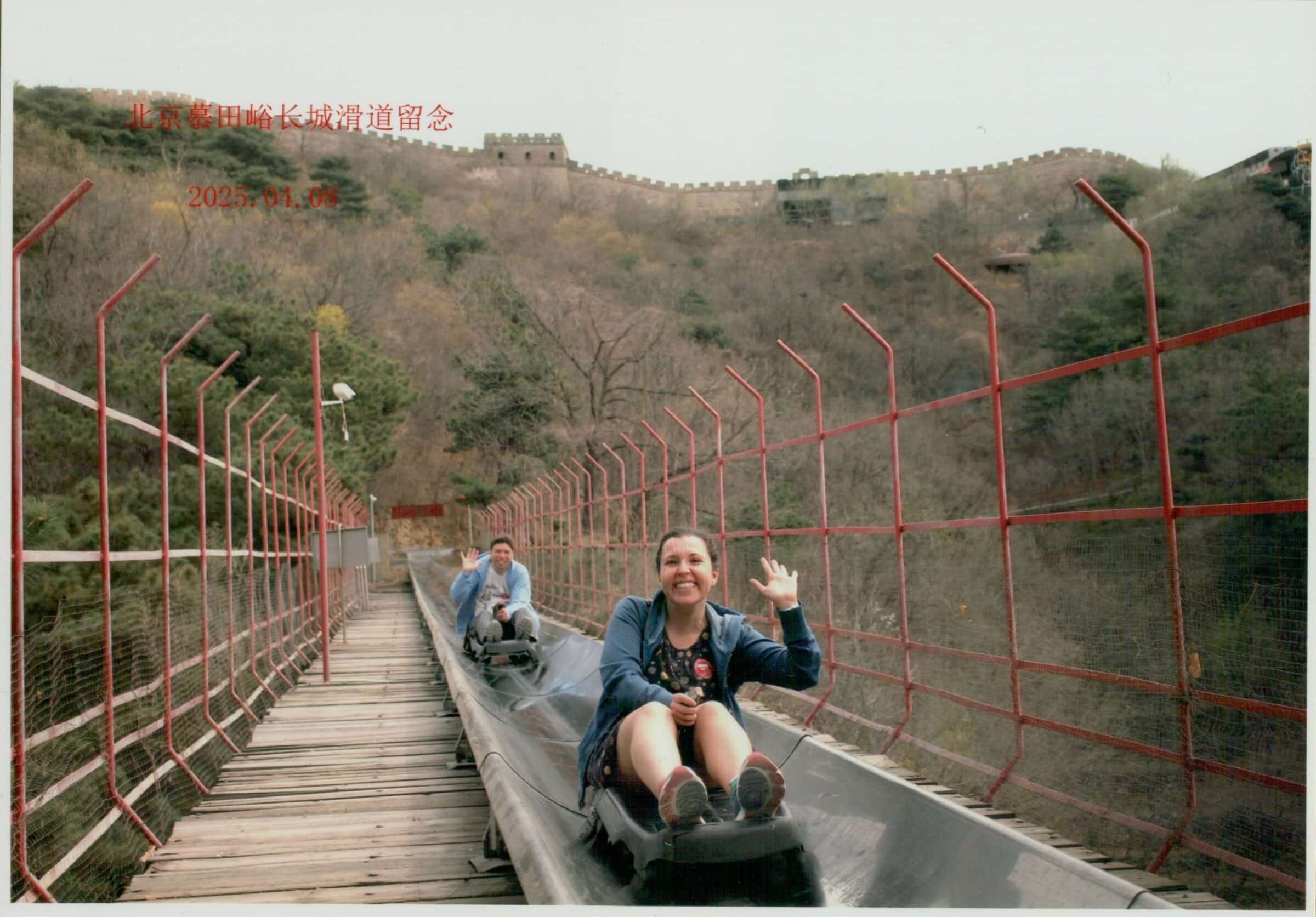
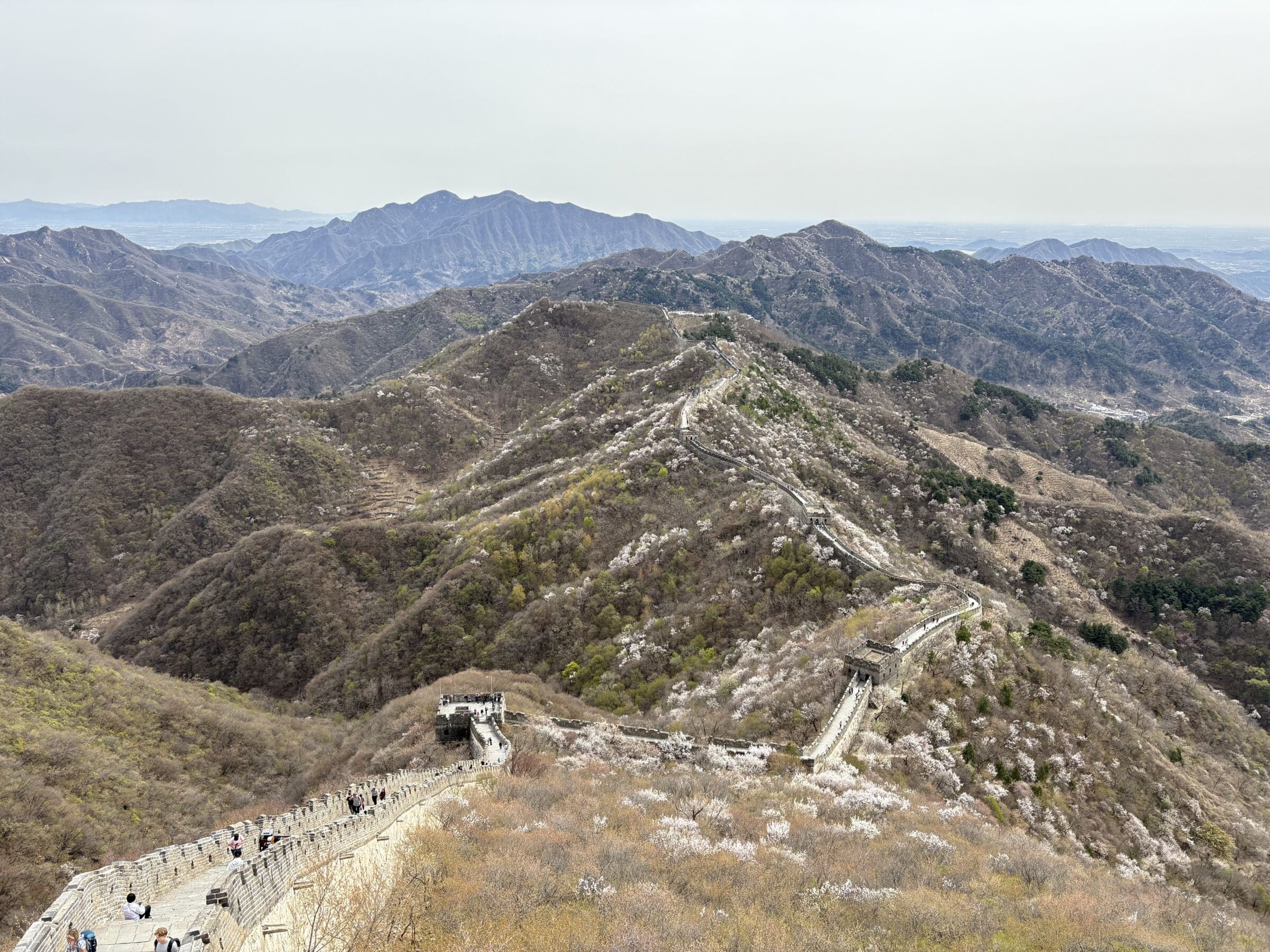
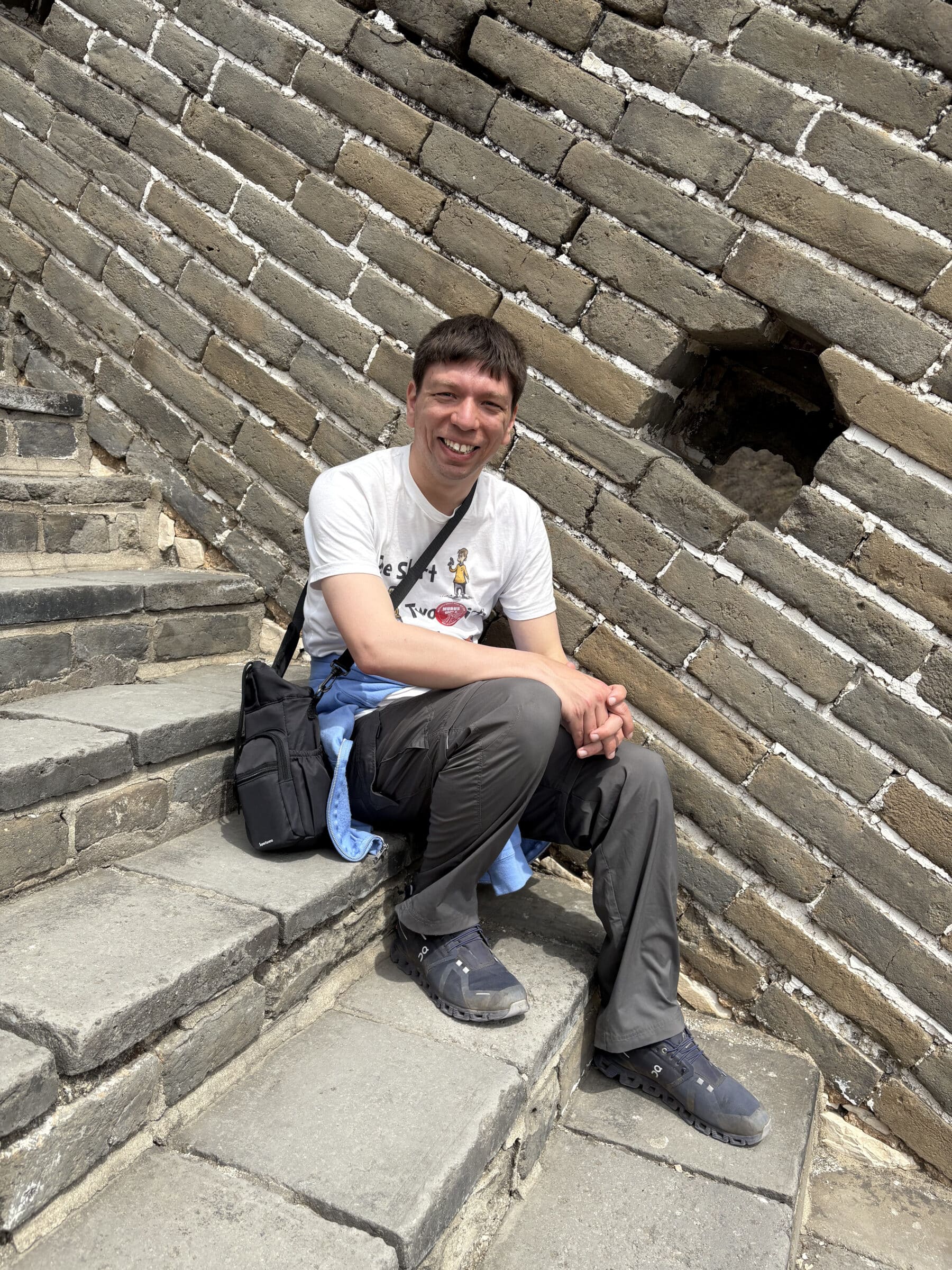
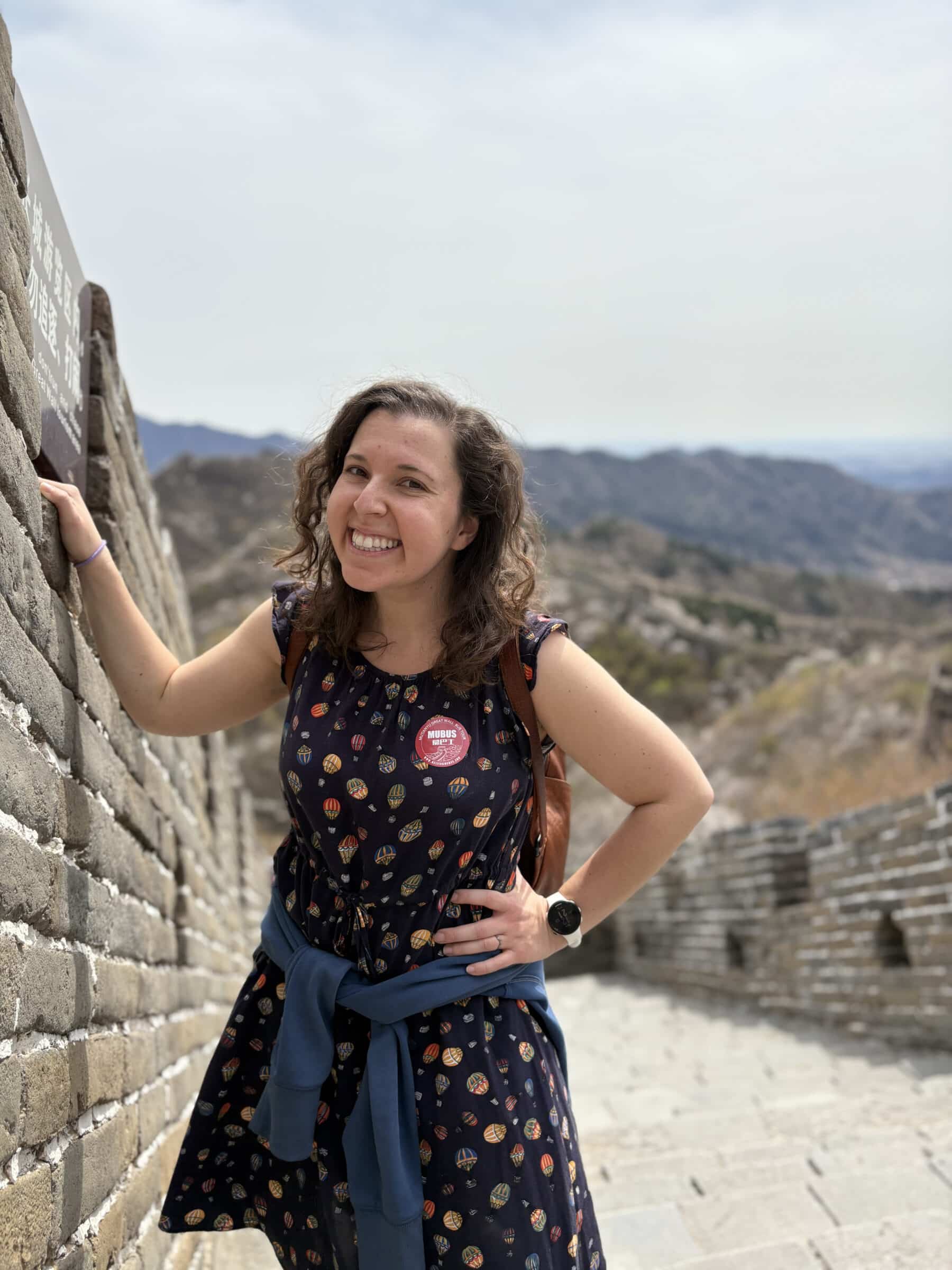
Back in Beijing, we found a Peking duck restaurant for dinner. Despite being on the fancy side (at least compared to most of our meals) the owner turned out to be a delightfully chatty guy from Singapore who spent his time wandering between tables talking about everything from his music selection (“music should be fun!” he cried, as Boney M’s Rasputin played in the background) to his haul of medals from cooking competitions (“in my younger days”) to how nervous he was for a potential job interview tomorrow morning with a big hotel chain. We wished him luck, although naturally he was doubly nervous as Trump’s idiotic tariff war was reaching full market meltdown as we ate. (And yes, it wasn’t lost on us that we were living through a world historical attempted severing between the US and China while we were there.)
Oh, and the duck was delicious too!
Before heading home for the night we decided to walk around the nearby Houhai Lakes, and quite by chance we ended up rounding the day by discovering an incredibly fun music scene! We think – but are open to correction – that these qualify as ‘livehouse’ venues, since they’re definitely more public venues than private KTV karaoke. We had a lot of fun sampling the competing performers along the stretch, before plumping for our chosen venue and waving our foam accessories in the air with enthusuiasm.
Our band (unclear if they are actually a band or a random assemblage of people) was particularly notable for featuring one girl who put in absolutely zero effort unless it was her solo (to the point of yawning or staring at her phone while on stage) being perfectly balanced at the other end by someone dancing in a fascinator hat who was game for anything that came on. We loved them.
Other livehouse notes:
- While I was drinking by far the most expensive beer of the entire trip, this wasn’t an alcohol-soaked atmosphere by any means. In fact, the unimpressed-looking guys which can be seen sitting next to Randi in the second video were drinking tea out of a fancy tea set.
- The banger in the last video is 化蝶飞 (The Flowers). Yes, part of it is a shameless rip-off from Dragostea Din Tei. I know this because I messaged my tour guide for Chongqing on WeChat with the video asking him to identify it for me…
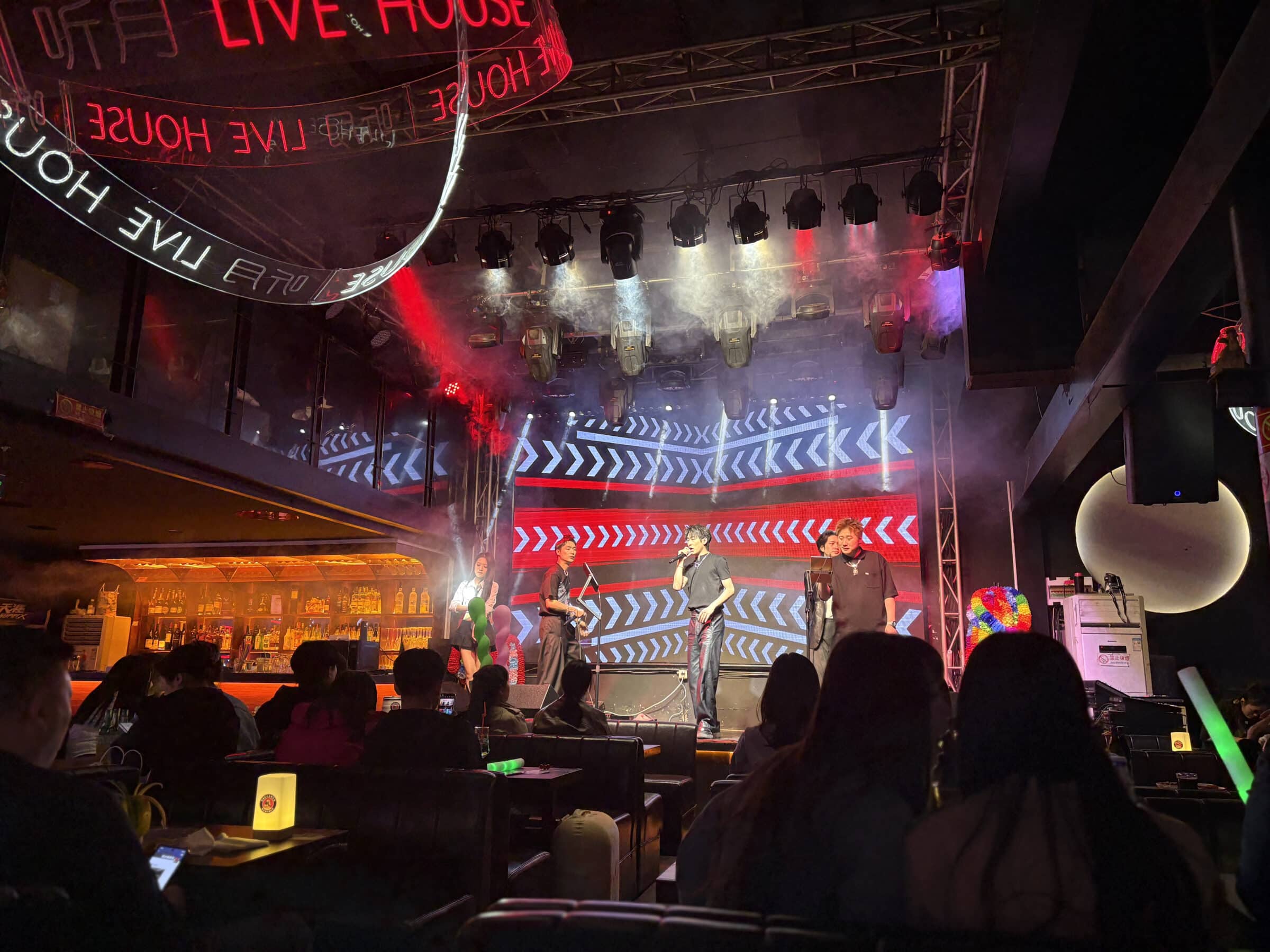
Day 5: Tiananmen Square & Forbidden City
And so, with catchy livehouse tunes still running through our heads, we spent our final day in Beijing seeing the tourist hotspots we’d been thwarted from seeing on our first day: Tiananmen Square and the Forbidden City.
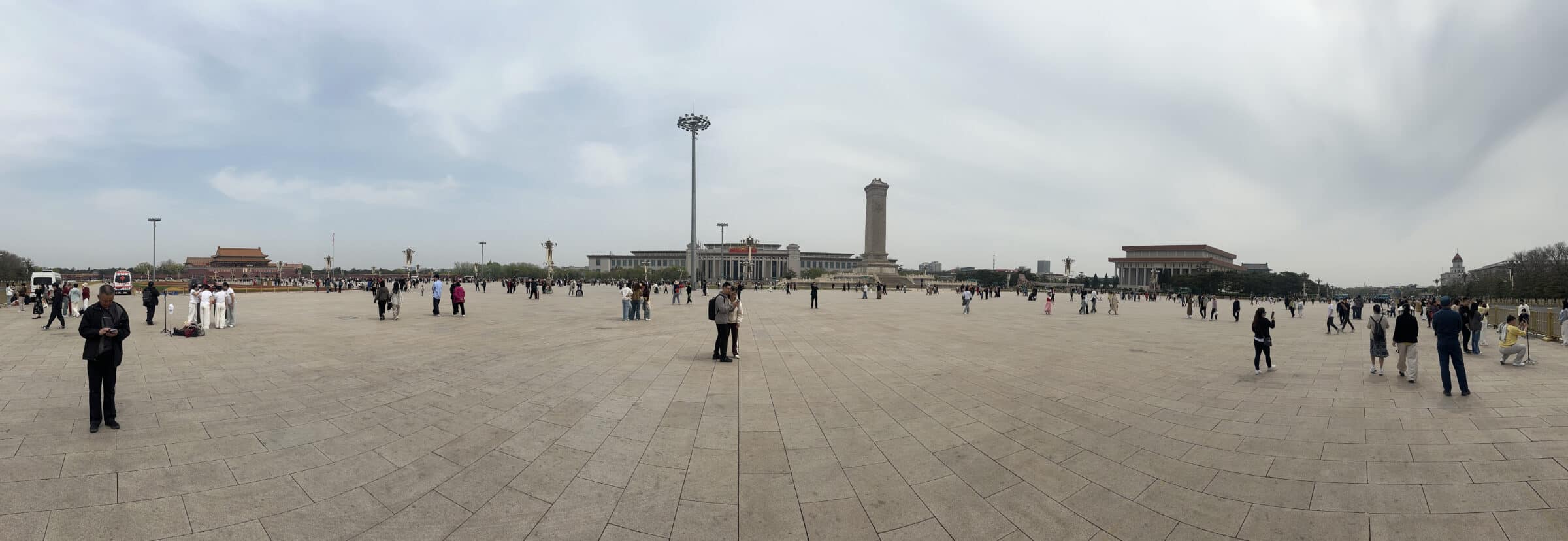
The main thing to say about Tiananmen Square is that it’s absolutely huge. As in, it’s just much, much bigger than anything I’ve ever seen in any other country. Our guide gave us 10 minutes to explore and I used most of this time just walking over to the ‘parliament’ building on the other side. (The National People’s Congress is the largest legislature in the world, but it only meets once a year for about two weeks.)
Of course, as you go through three separate passport checks to enter it (!) it’s also impossible not to be thinking about the 1989 Tiananmen Square protest, although I was a little surprised that our Chinese guide chose to bring this up of his own volition while pointing out the sights. Then again, this was very much in keeping with the self-confidence which we found everywhere in China. Who cares, I suppose, what English-speaking tourists think?
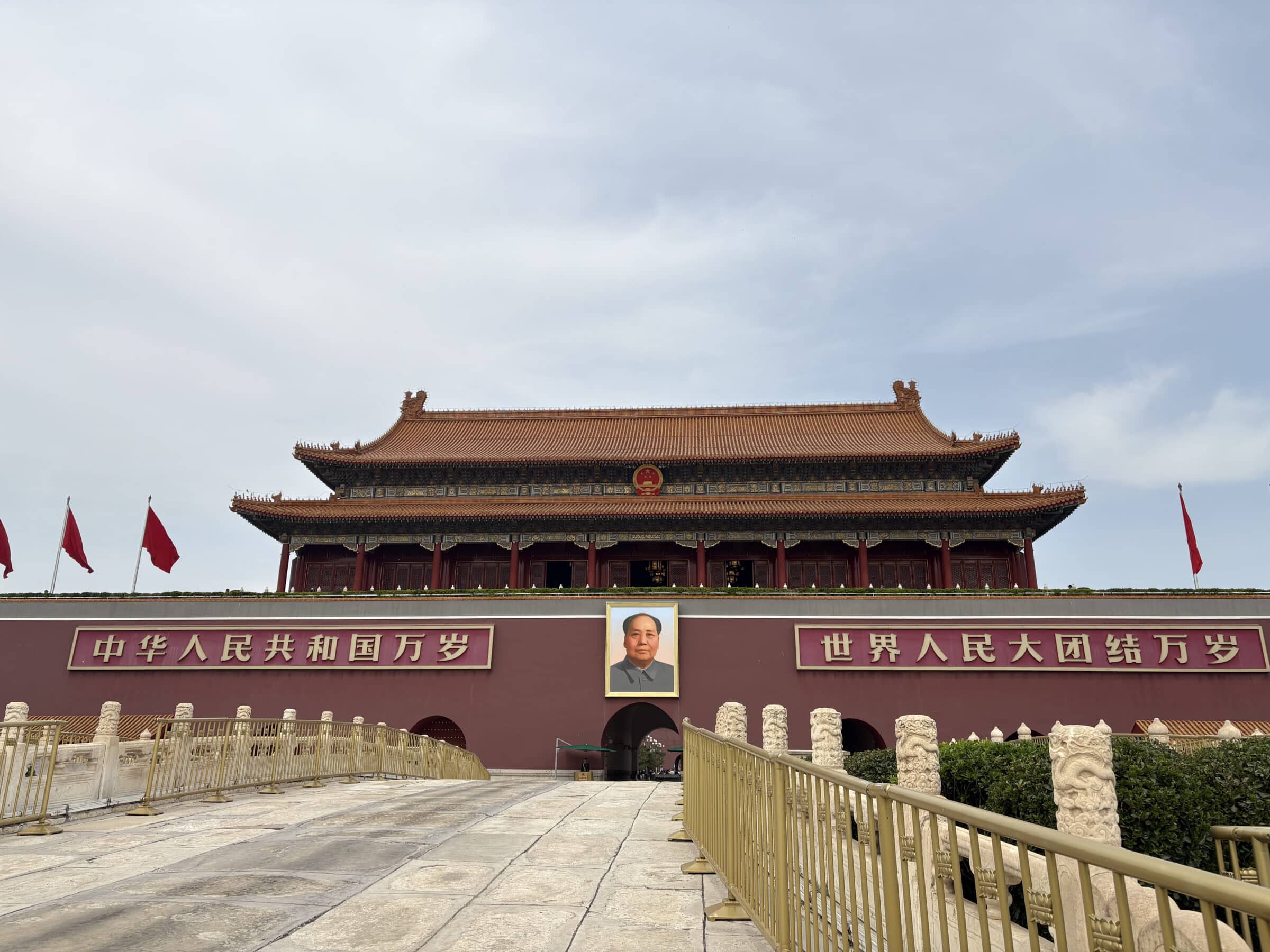
As for the Forbidden City: I confess I didn’t really know what this was beforehand, but was surprised to find that this old centre of Imperial governance – which backs onto another side of Tiananmen Square – is almost entirely open-air. There’s such an obvious continuity between these vast spaces, from where China’s emperors once ruled, and Mao’s own expansion of Tiananmen Square itself: made all the more obvious by the giant portrait of Mao which now sits forbiddingly over the entrance.
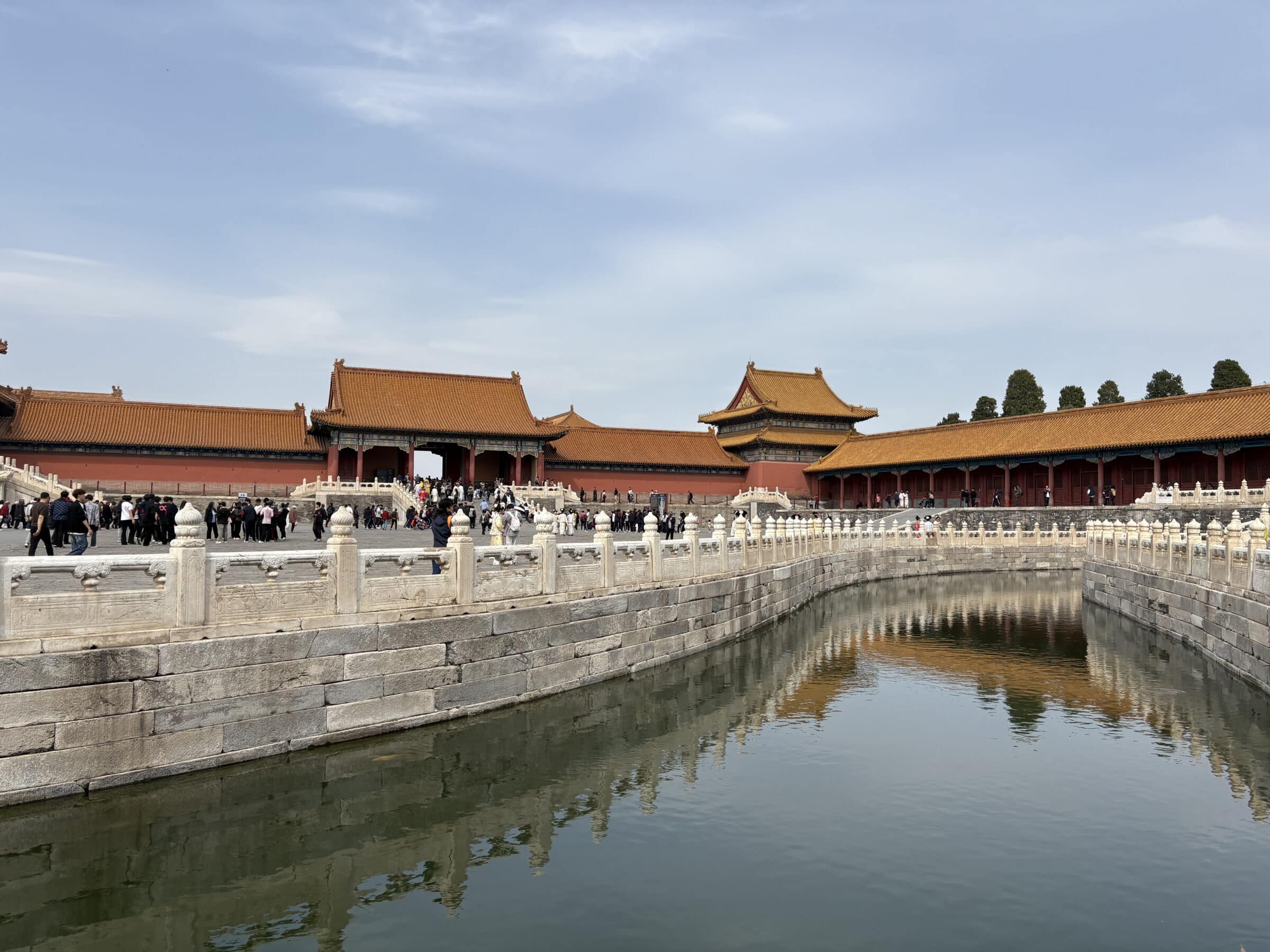
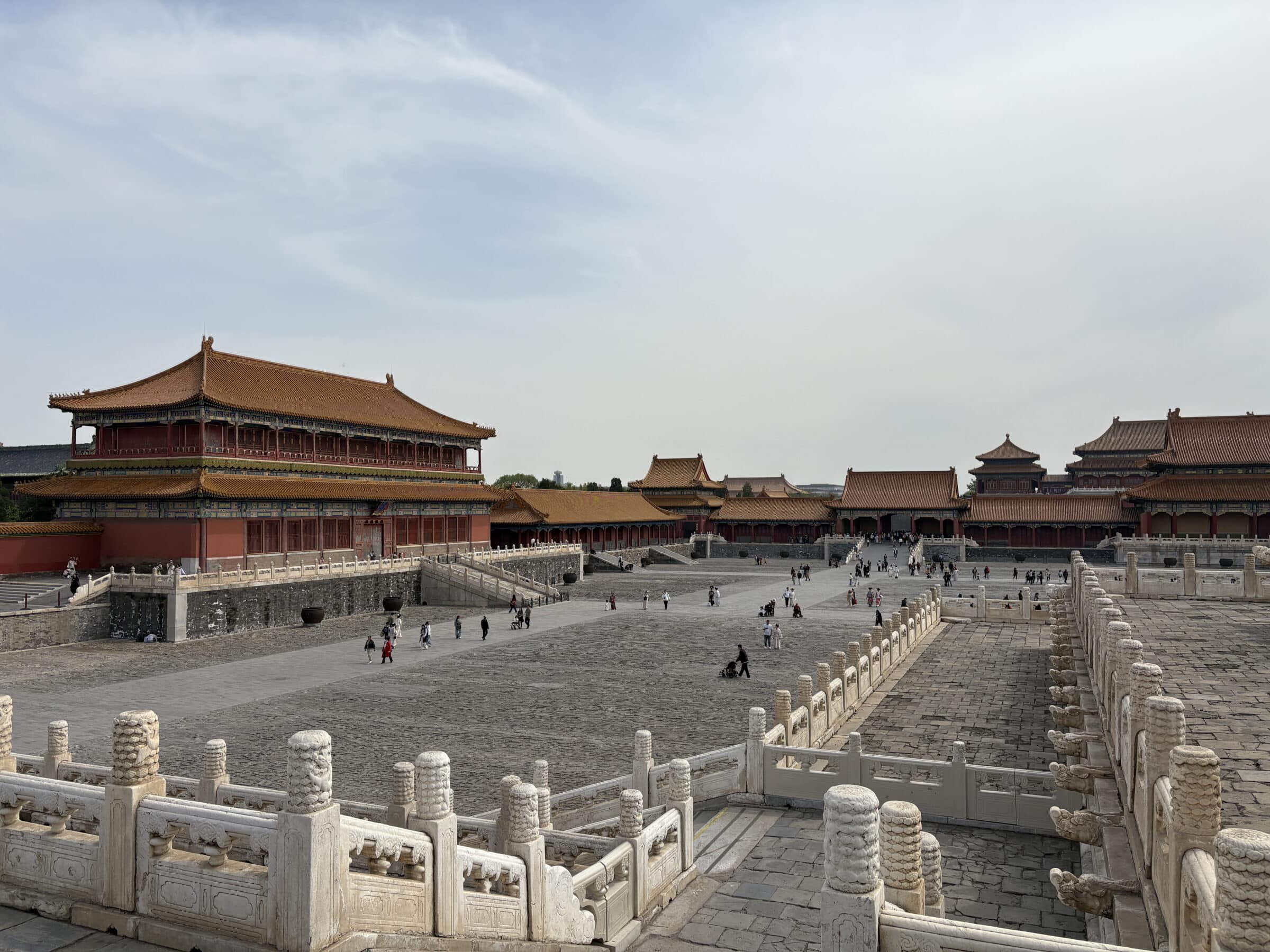
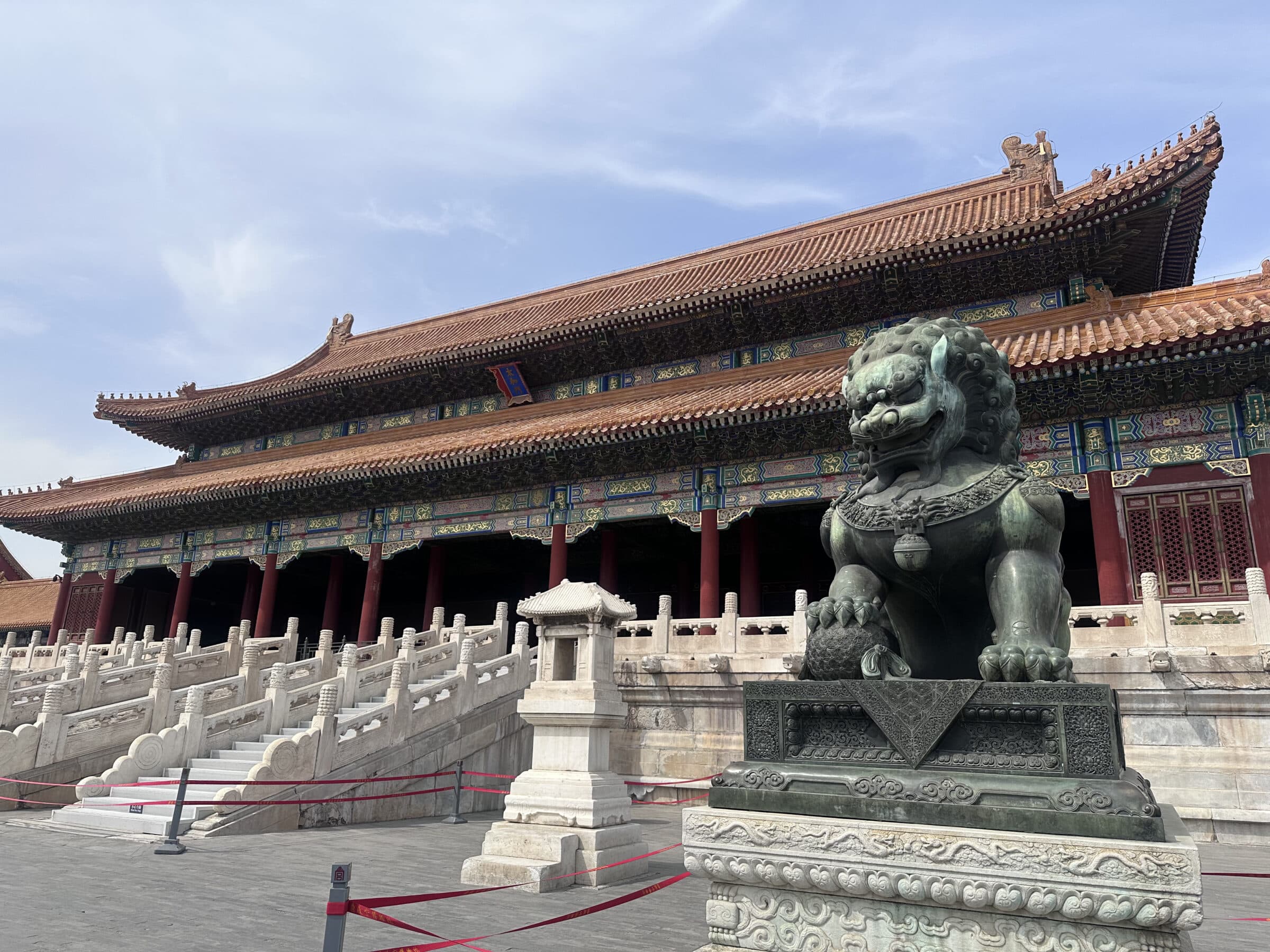
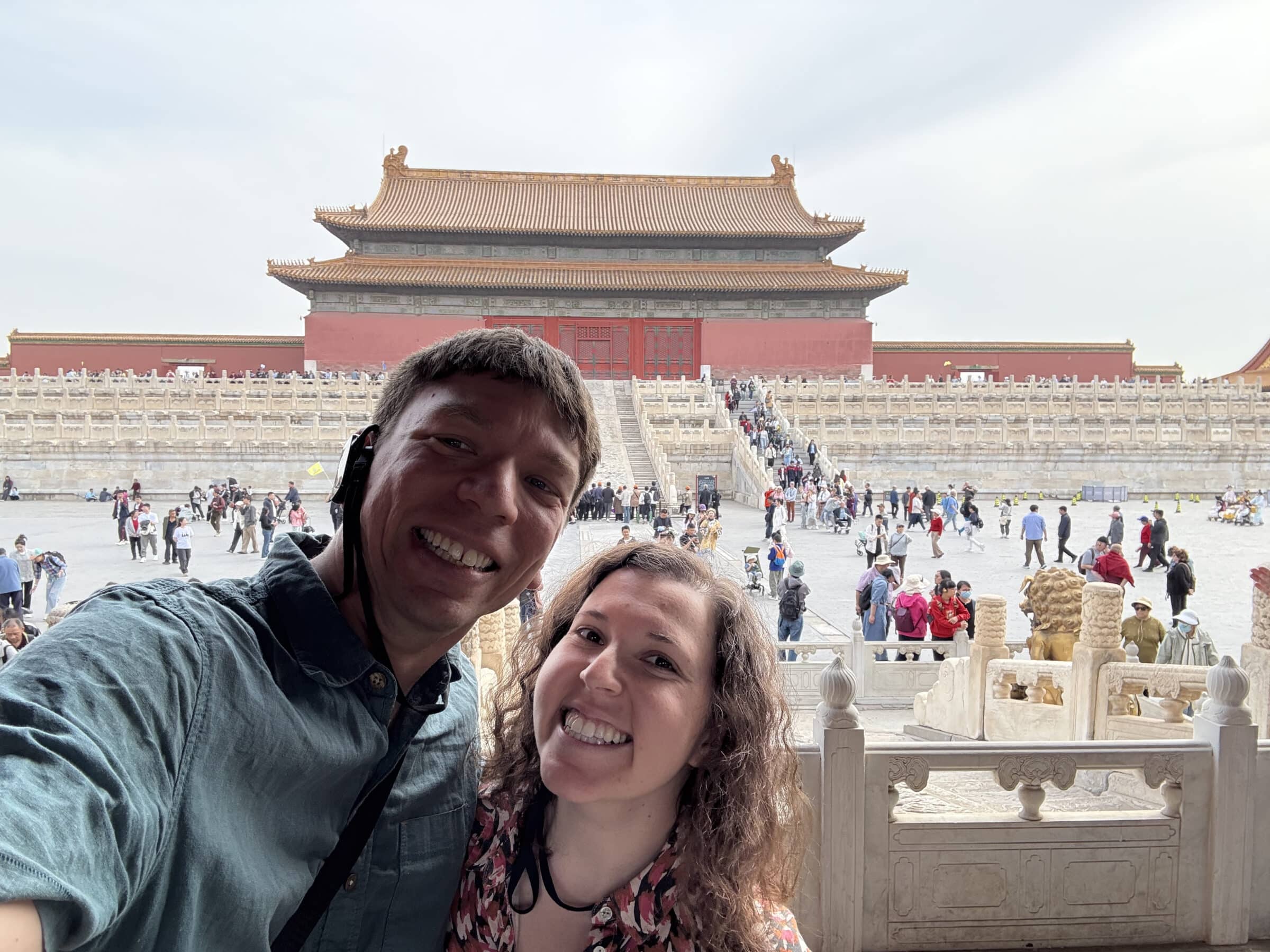
Our guide took us on a potted tour through imperial Chinese history (including the plot of the Last Emperor) before we emerged at the Forbidden City’s north exit, grabbed lunch and then enjoyed a “Hawthorne in the alley”-flavoured ice cream, at least per Google Translate. (Make of that what you will, but it was the clear winner from Beijing!) Finally, we climbed the hill in nearby Jingshan Park for the panoramic views over the Forbidden City – and the rest of Beijing – before collapsing home after all of this patient sightseeing.
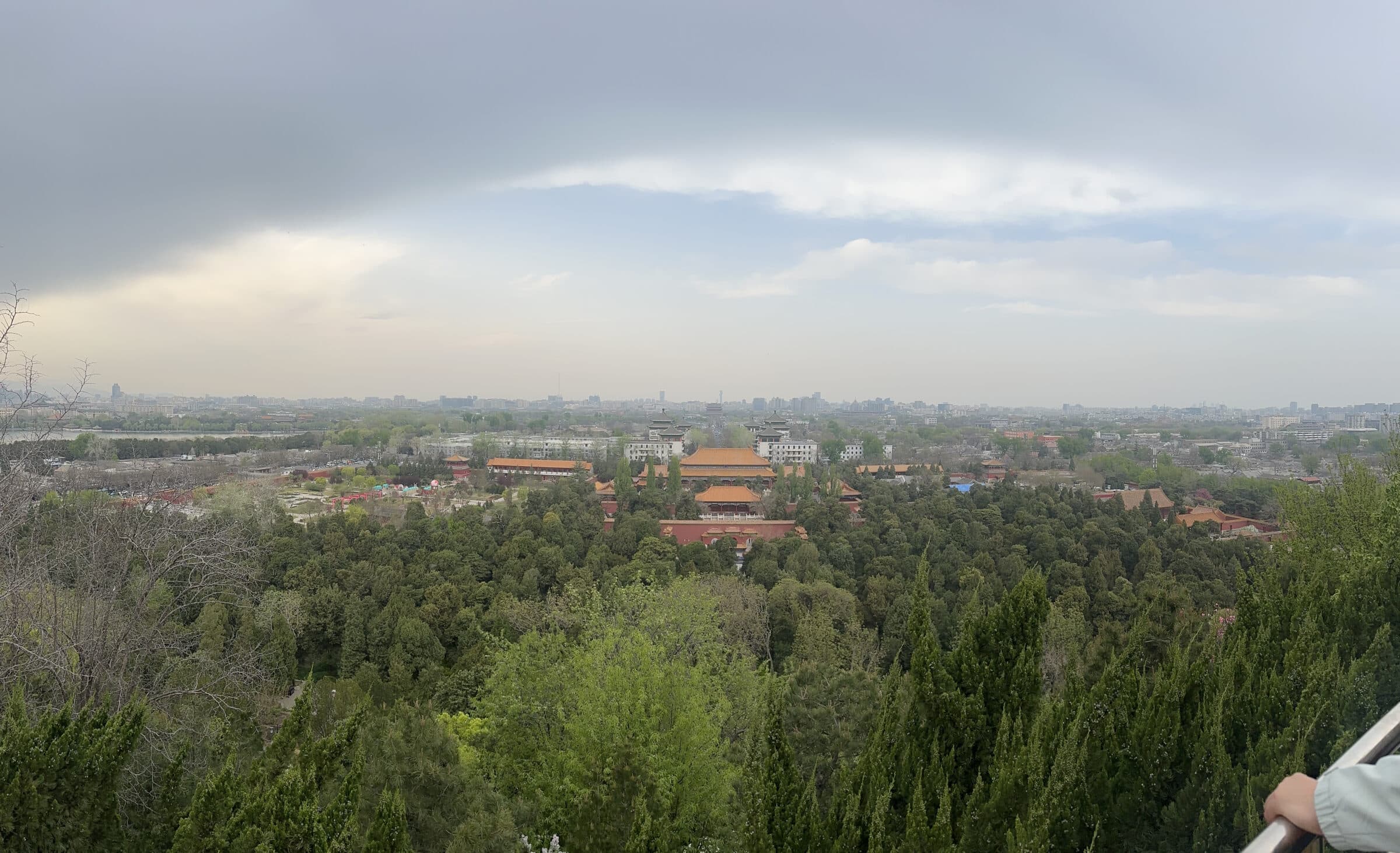
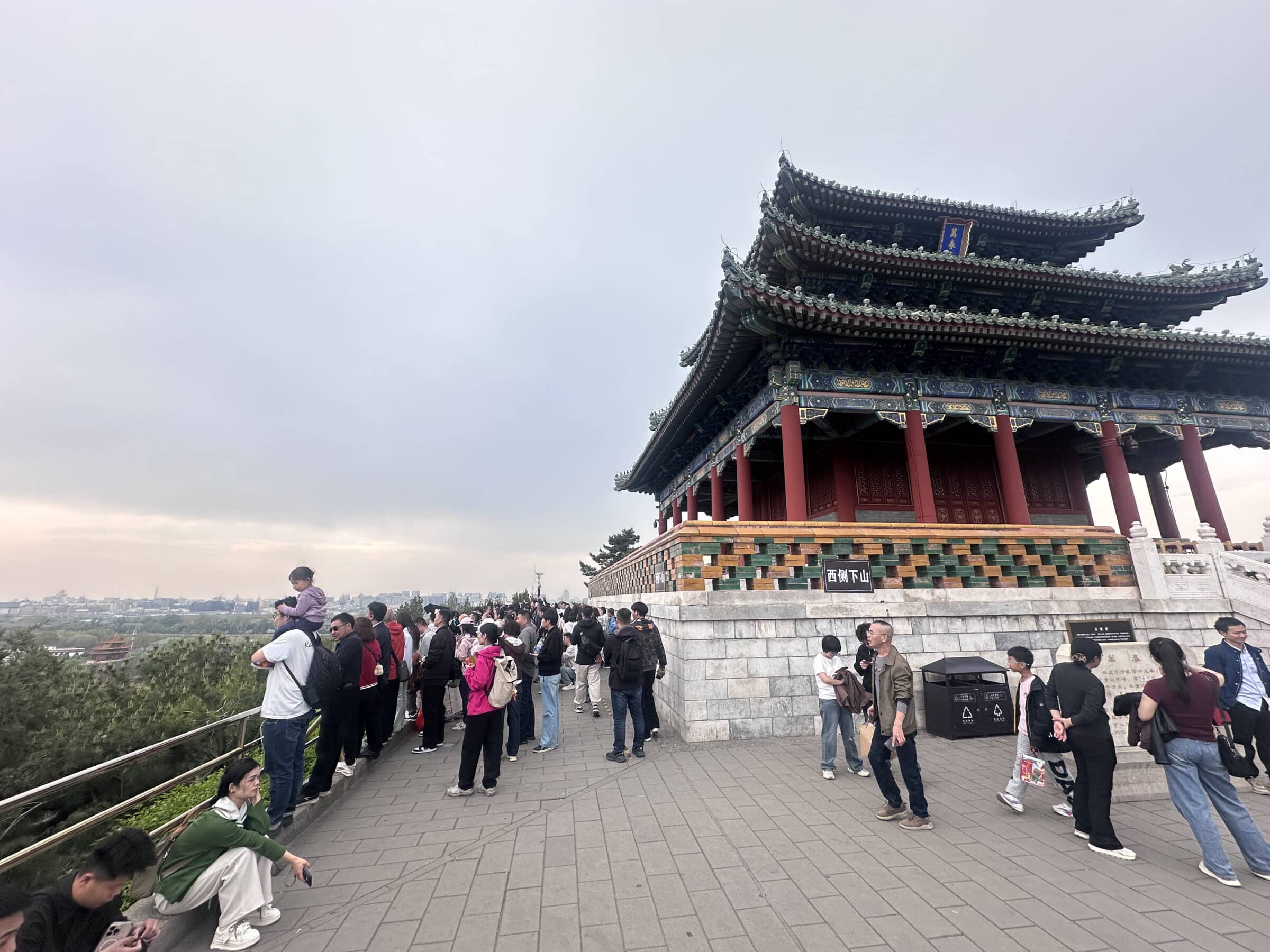
That just about wraps it up for our Beijing section, although I’m sure I’ve forgotten things, and I kinda missed having my laptop (as I had on our world travels) and being able to blog each destination as I went.
I should confess that on our final night we did venture into Pizza Hut – one of the big Western brands which you see dotted around – for a quick break from Chinese meals. But this was a bit of a letdown, as Pizza Hut in China has strayed pretty far from its pizza-based roots!
This aside, Beijing was an incredible city and a perfect start to our holiday in China.
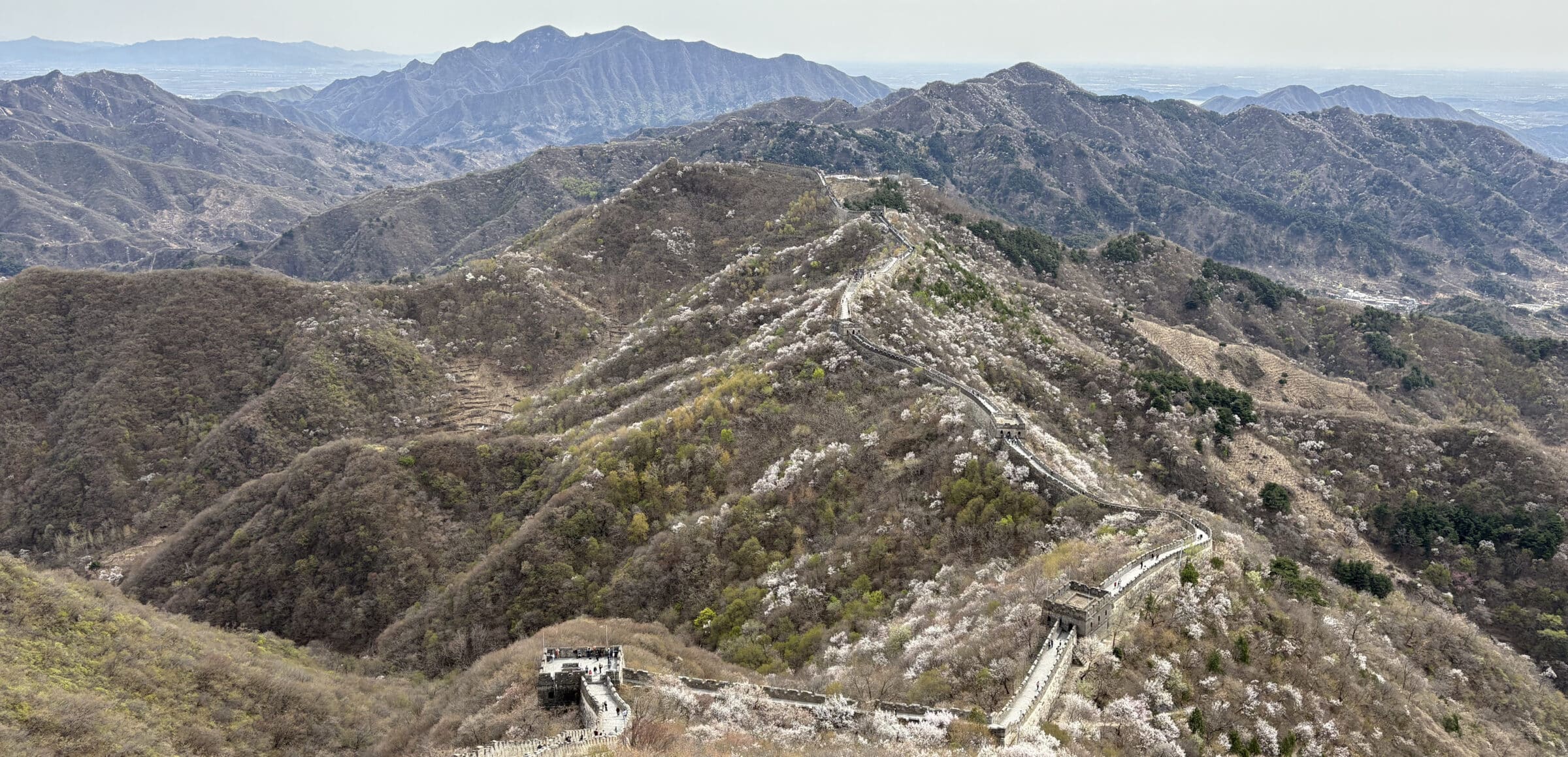
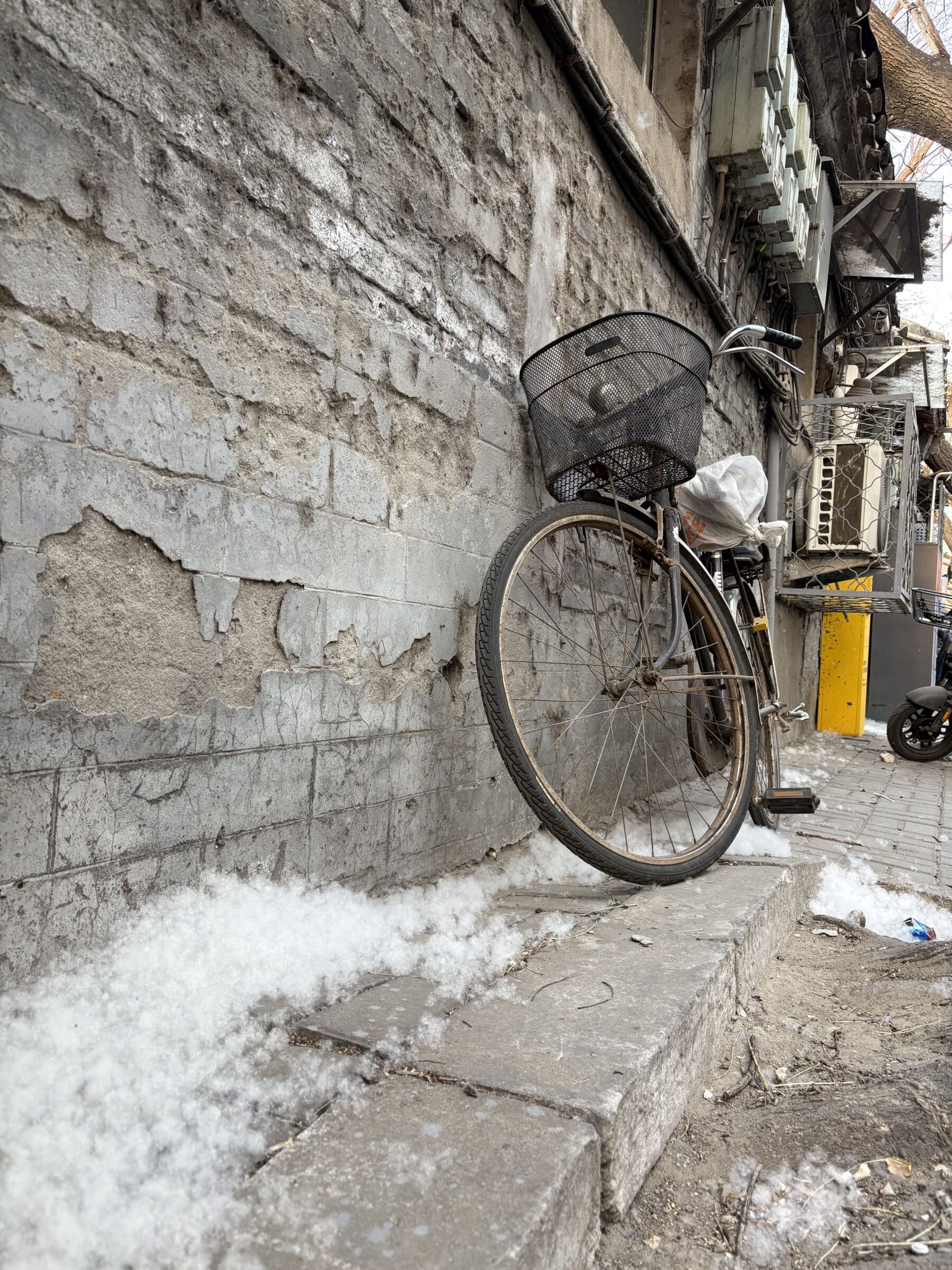
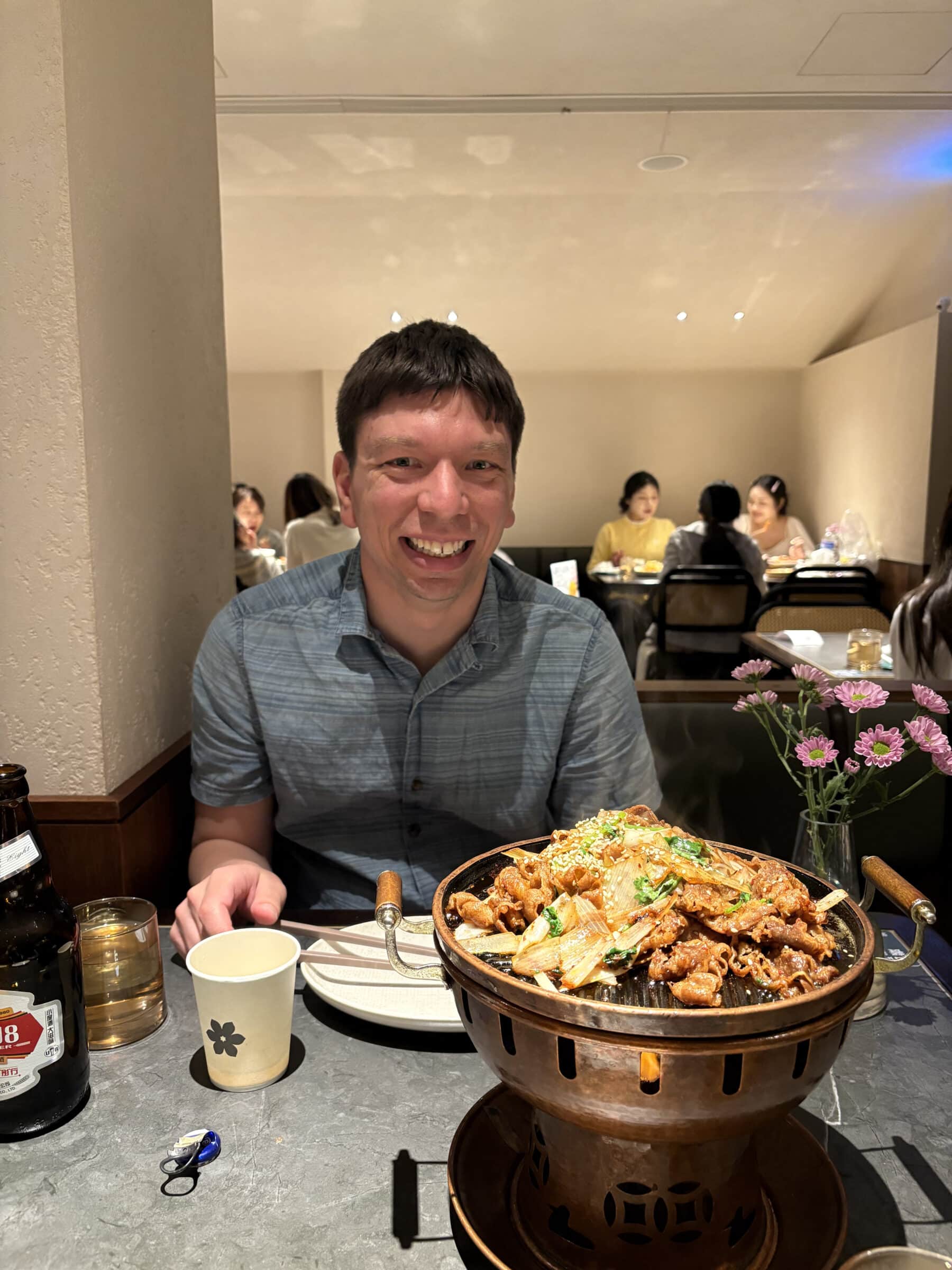
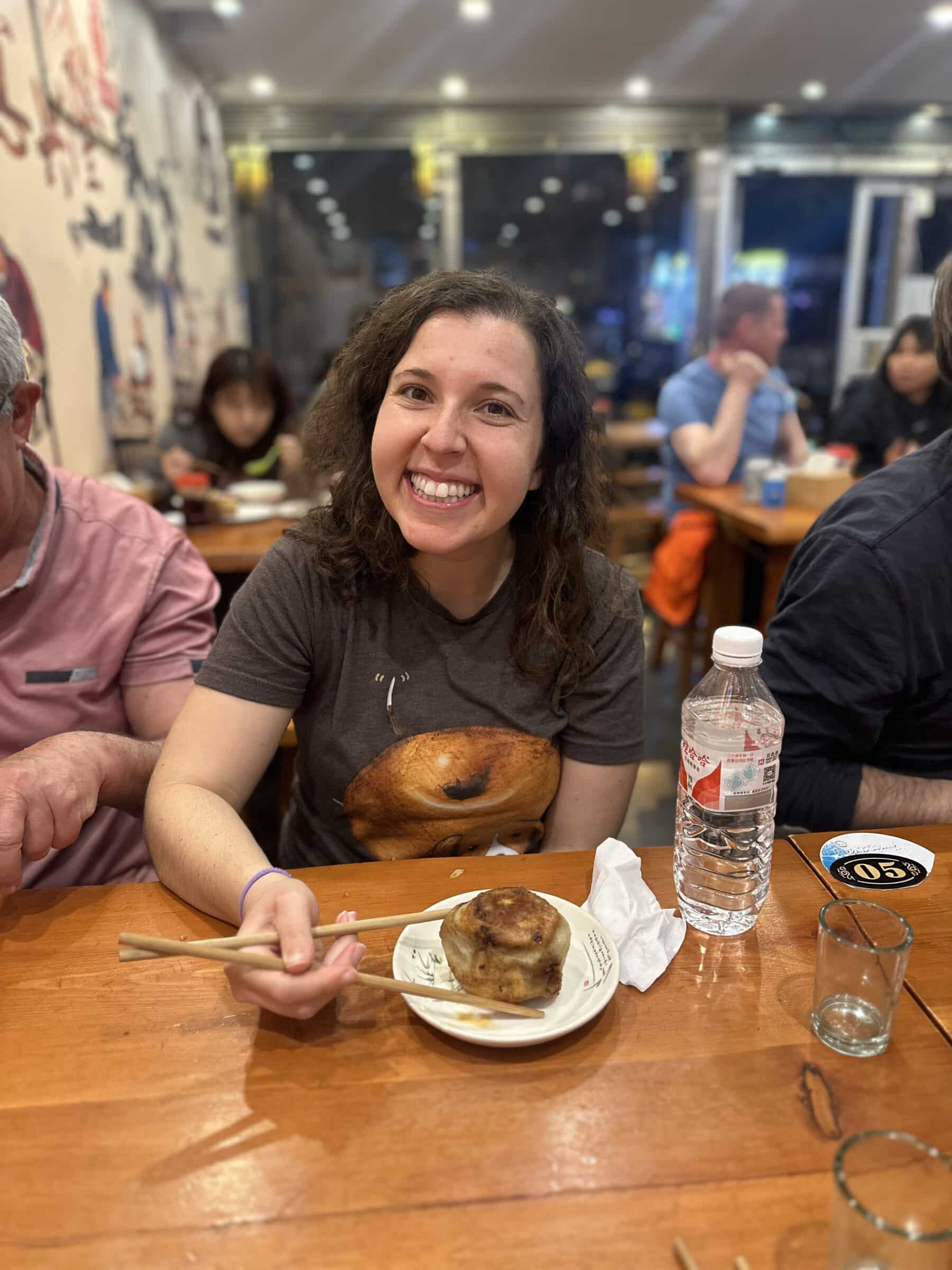
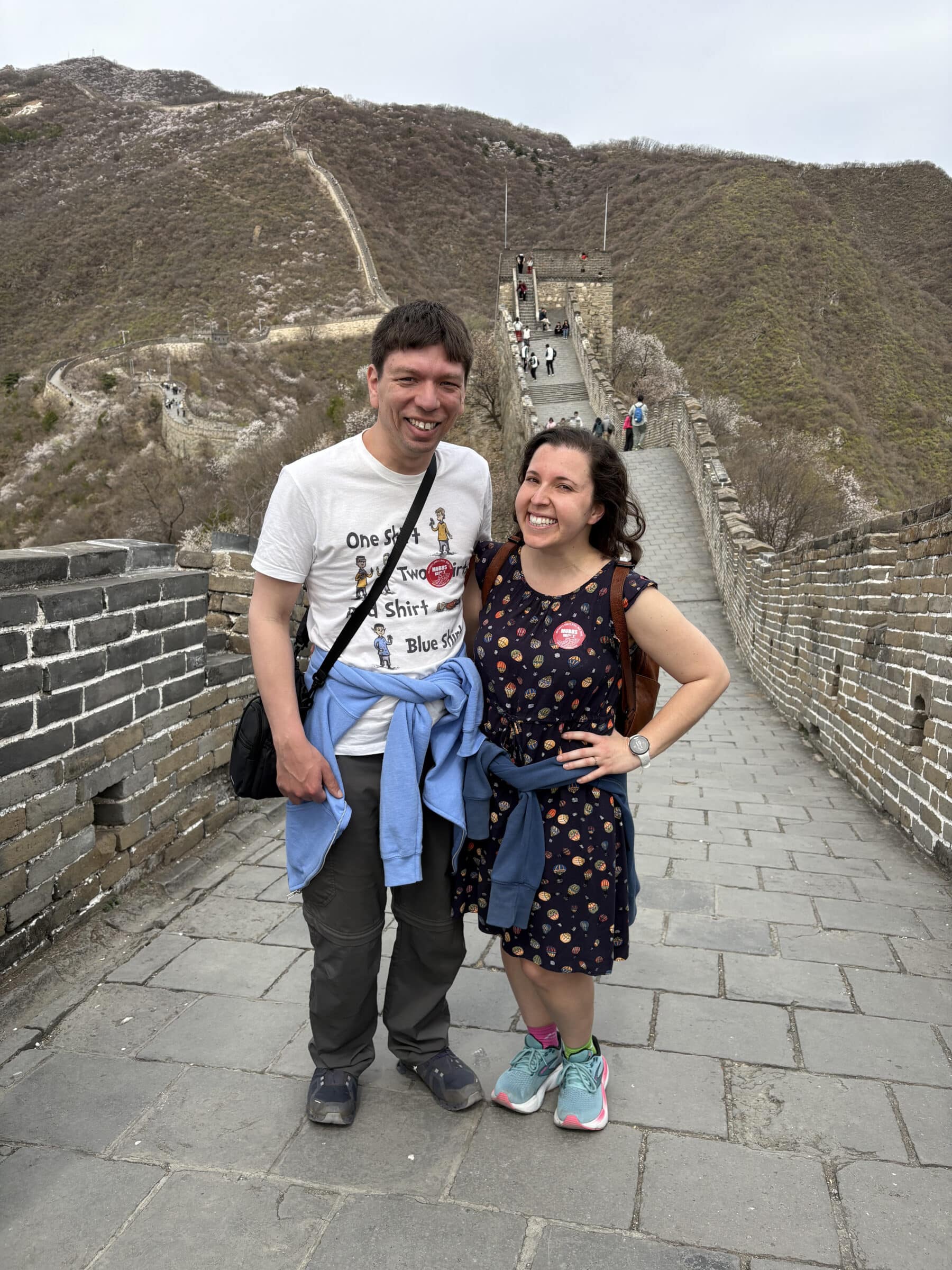
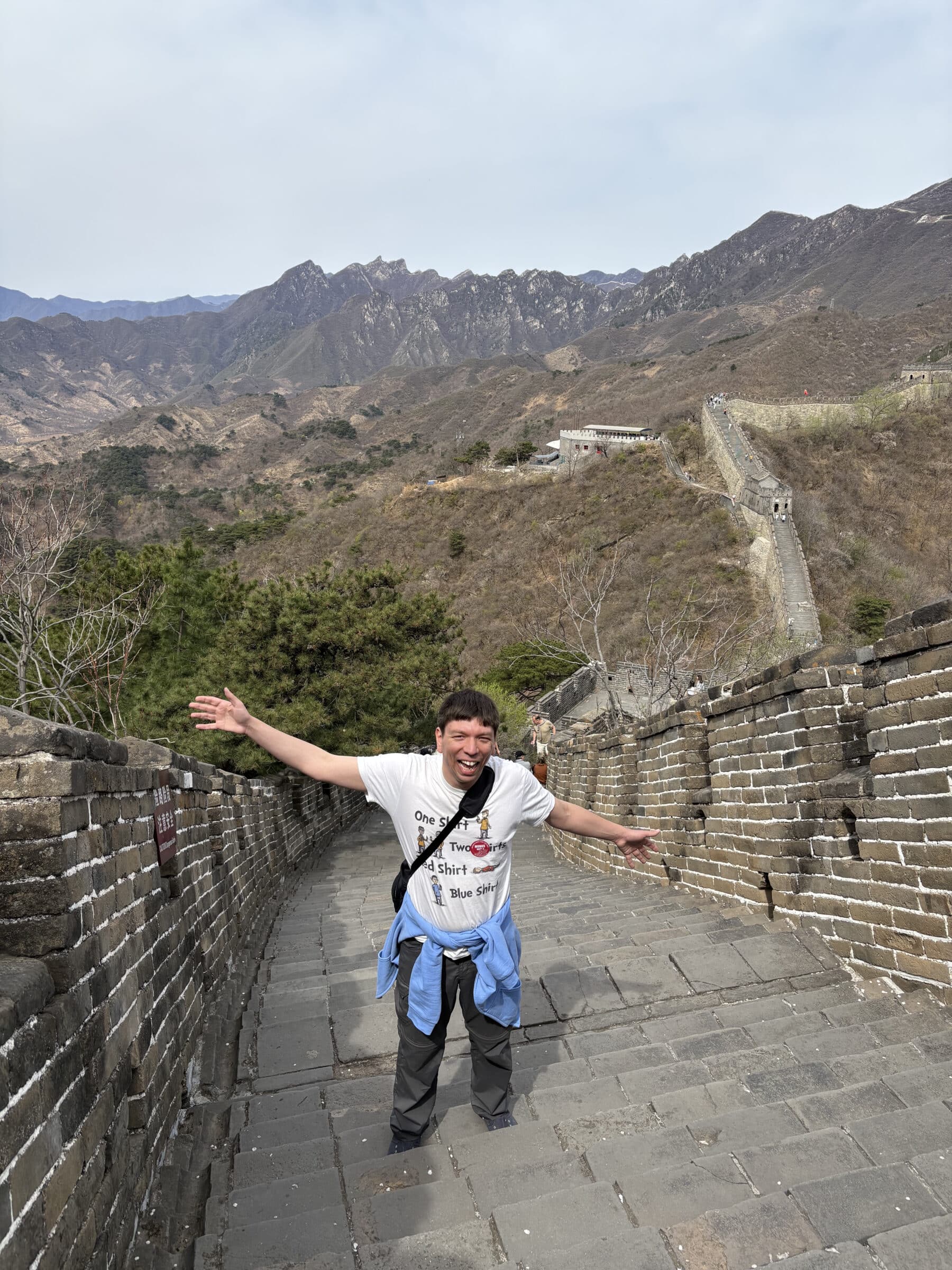
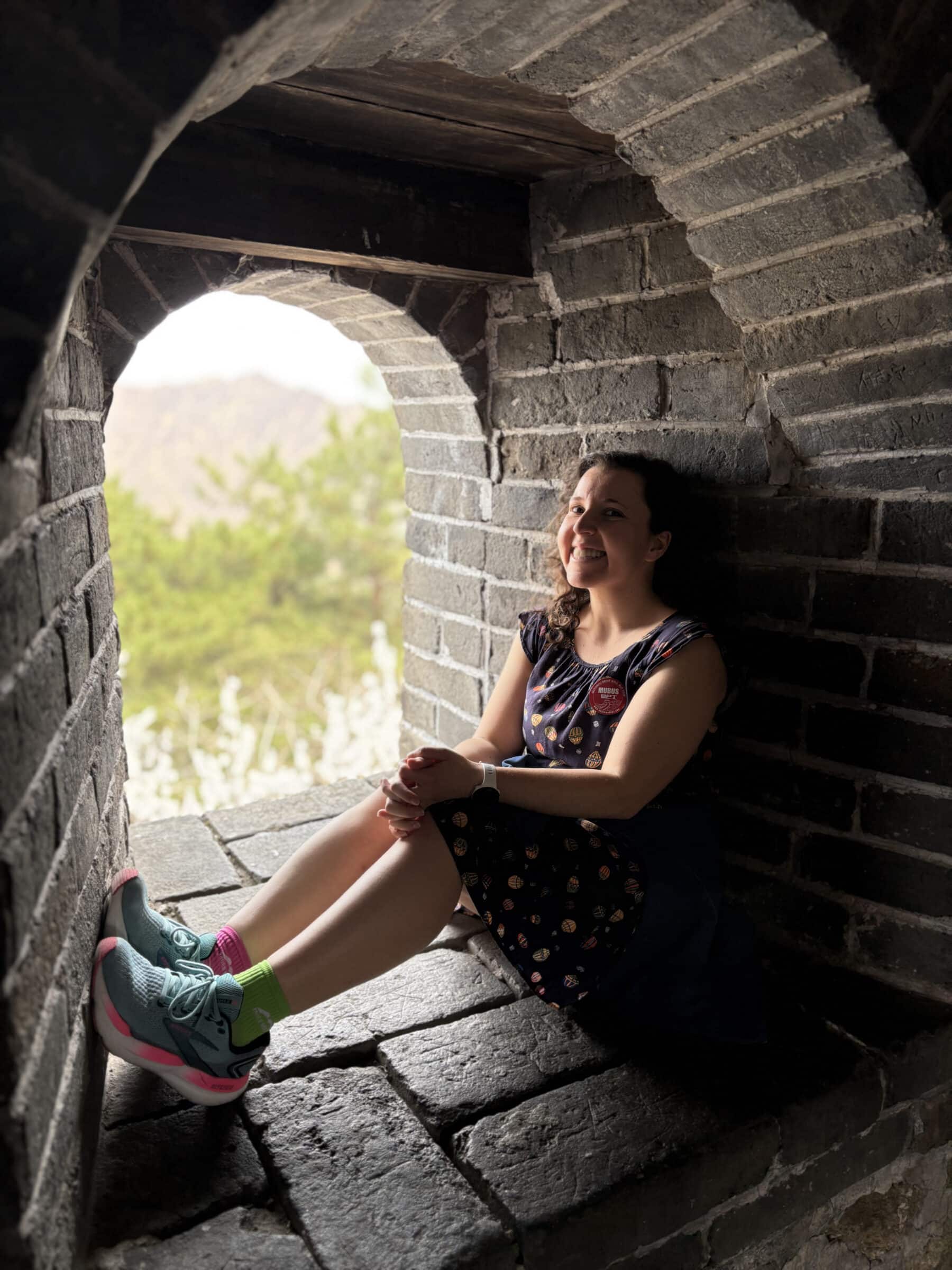
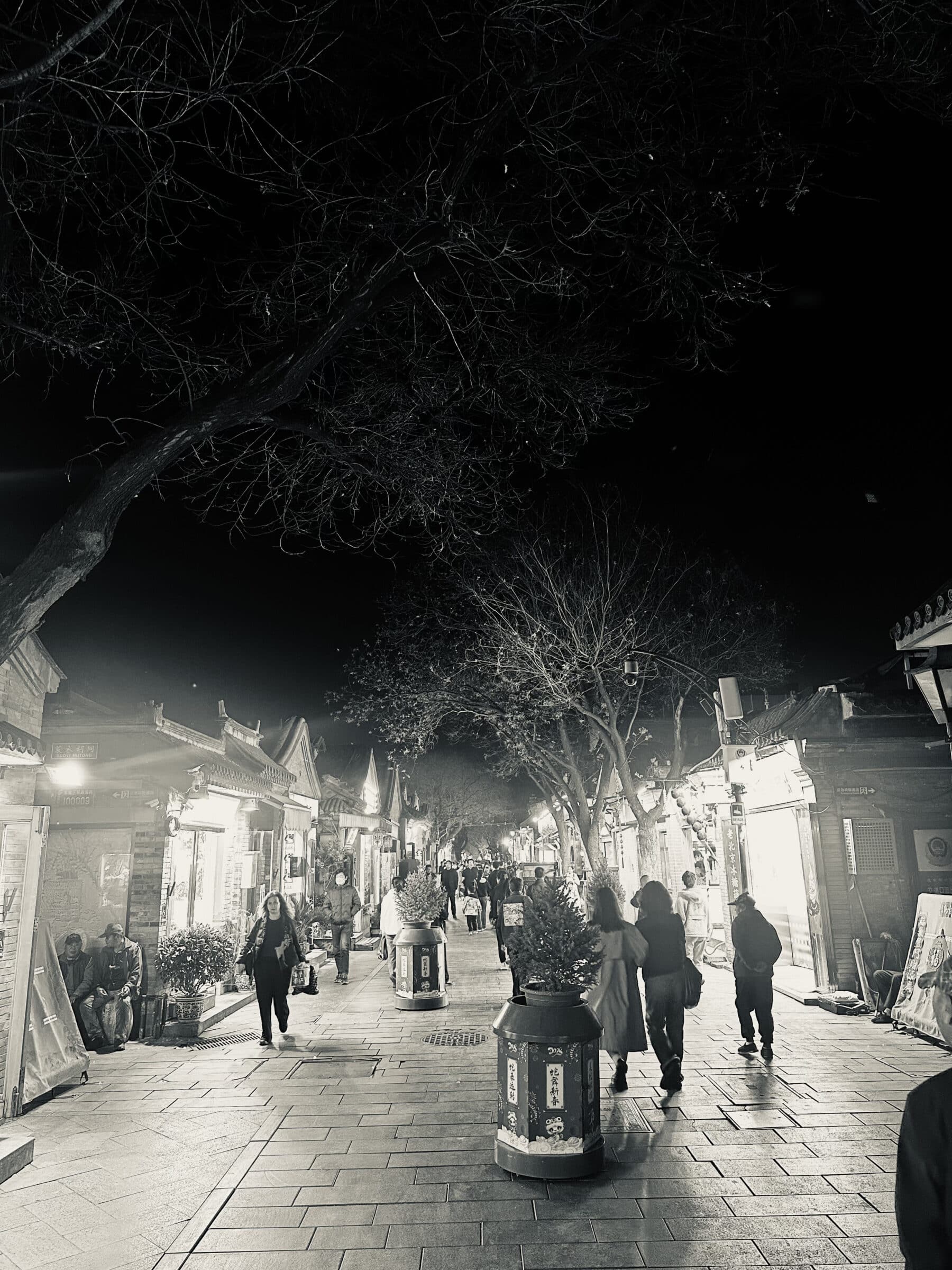
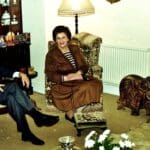
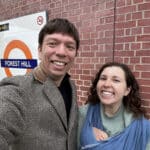


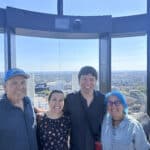
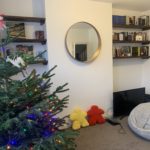
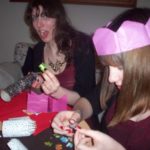
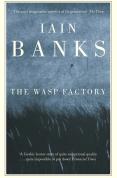

Wow Dom, such a great blog! Thanks for the wonderful pics, videos and details and sharing all the fun you had!!!!!